I did an animation test for the moving eyebrows that I was planning on using on the puppets head. If anything I thought it made him look quite comedic which is not what I want in the slightest so I am going to scrap this idea. I will probably still give him eyebrows on the final head, just not ones that move!
0 Comments
I made up some hand armatures with wire and milliput and then skinned them with fine sporting injury foam dipped into latex. I didn't dip them in latex, but left the texture of the foam exposed as I didn't want a shiney quality to them and then added bits of ripped up book pages alike to the head. If I had the time I would have made the hands out of balsa wood to be inkeeping with the head, however this would require lots of replacement hands as I need them to move, so this is a much quicker alternative and will hopefully not look too alien to each other under camera. For the hands that you can see above, I used the lighter colour foam (left image), however when I make them for the final puppet I will be using the darker foam as seen in the right image as it matches the colour of the wood better.
I tested the two head that worked well under camera and lighting to see how they looked on screen. Balsa Wood: Sculpey, foam and latex: I thought they both worked well on screen. I do slightly prefer the balsa wood for a few reasons, the main one being that it is a really light material and doesn't affect the movement of the body armature. It is also really nice to work with and the definition of the face showed up a lot better than I thought it would. The sculpey, foam and latex head does look really visually nice, however it is really quite heavy and had an impact on the body armature. It was also shiney in places because of the latex and I want to try and avoid this.
What I want to try next is adding book pages to the balsa wood, like I did to the foam and see if this adds the nice textural quality that the foam head has.
Once I covered the whole head I added bith of ripped up book page onto the surface.
I was surprised at the end result that it did have a papery quality to it. However it was also quite shiney due to the application of the latex so I would like to test this head under camera to see if it does look too shiney.
I've started to carve a head out of balsa wood, it was a material suggested to me that might work well in a previous feedback session. Here's how I got on:
I have started making protypes following the last scale drawings that I posted up here. I have decided to make two, each out of different thickness wire so I can see which better suits my puppet. Here are some images of the making of the armatures: Left armature is made out of 1.2 mm wire, the right is 0.9mm.
After making my prototype head armature in the workshop, I thought I would have a quick go at making one that was in an attempted style of my Librarian. This was handy as I got to have a go at making a VERY small head armature that would be around the size I would need to use in the actual final puppet. I had to admit this was a very rushed trial so the aesthetic quality isn't as much of a success as I would have hoped to achieve.
I have also attended another workshop to make a head with armature prototype. The design for this wasn't based on the Librarian, the idea was just to make a head in the time of the workshop so that we may apply it to our own character if we so wished. We were given a standard and basic lightweight head with a wire jaw and brow which we then built upon with foam and latex to create a face. Here's how:
The finishing touches: using a coctail stick I applied latex straight onto the head in areas that needed building up further.
|
|
|
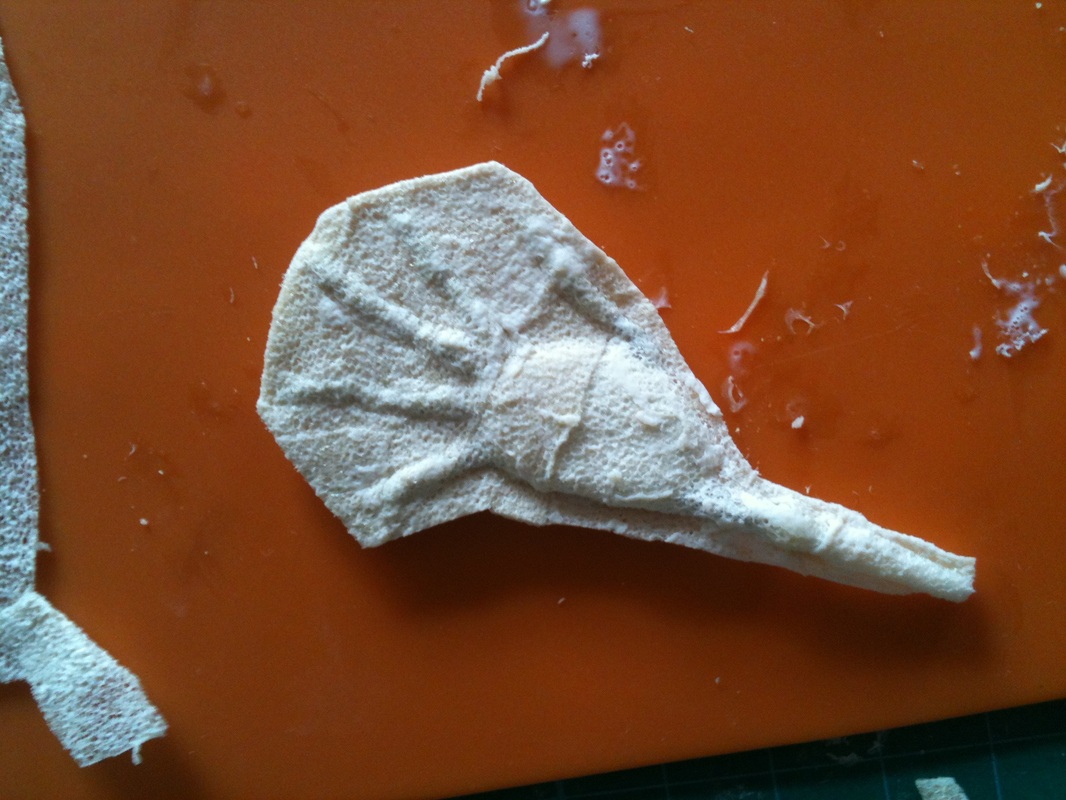
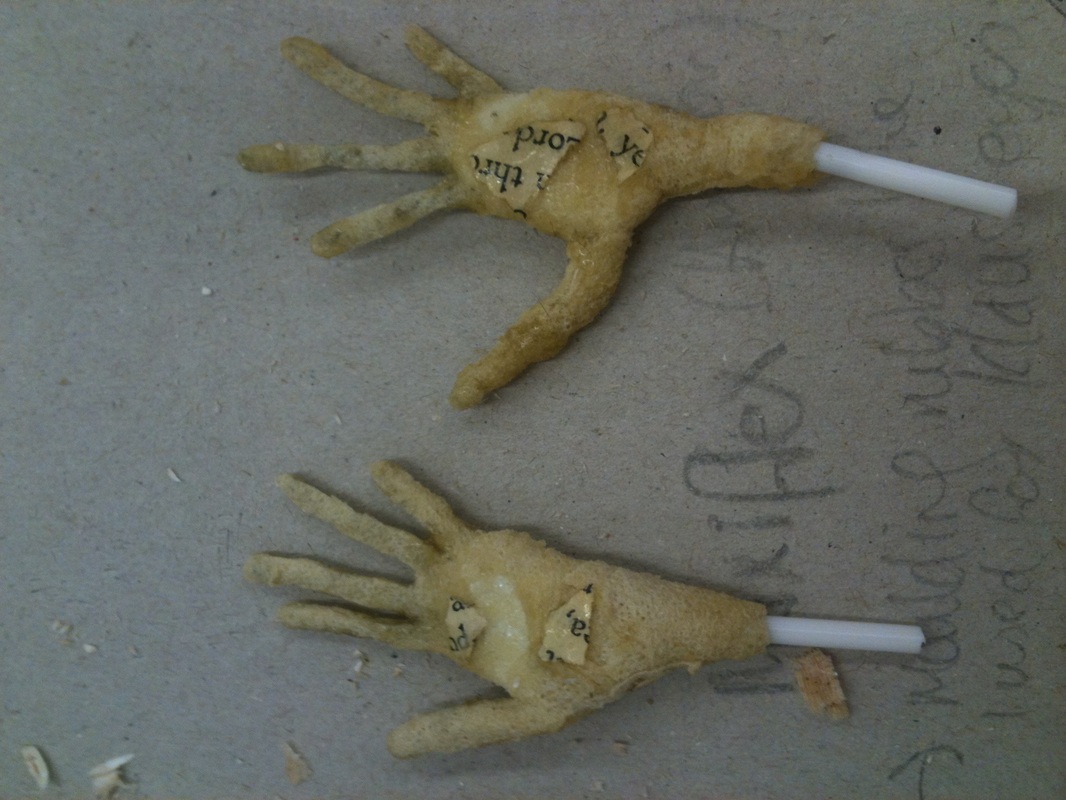
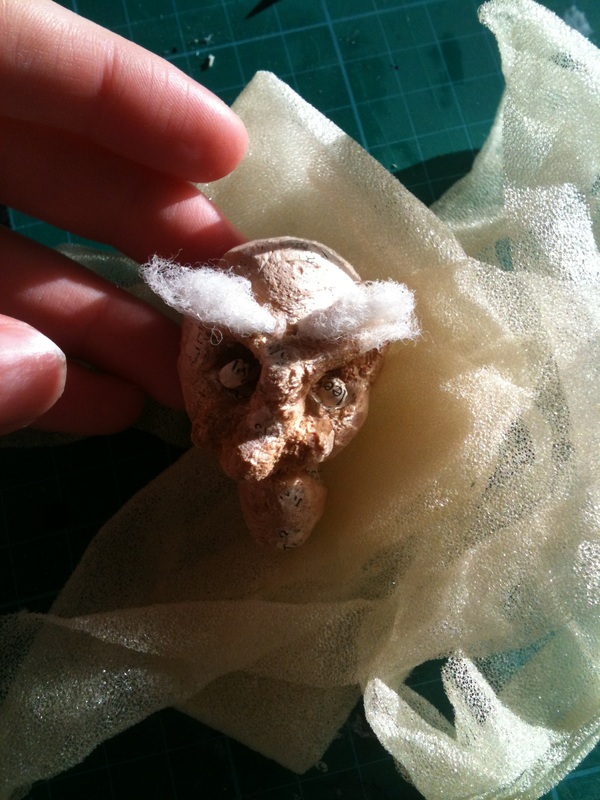
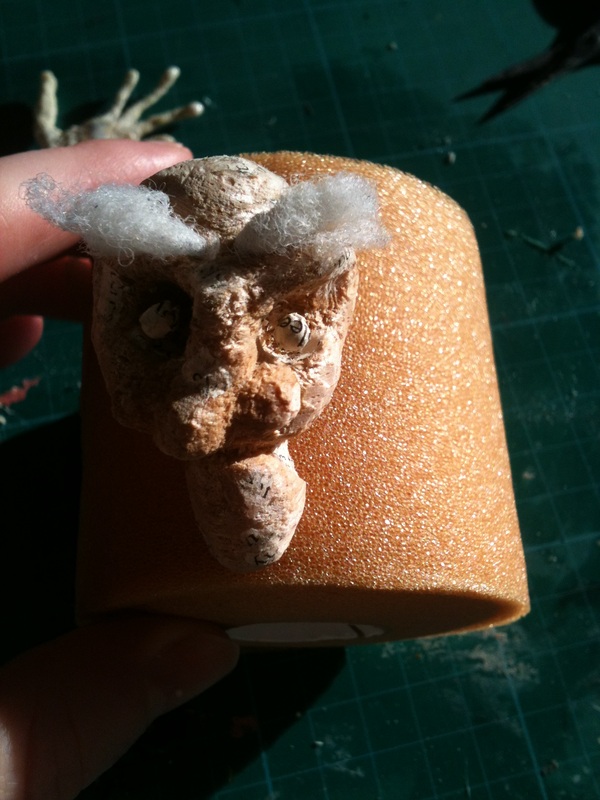
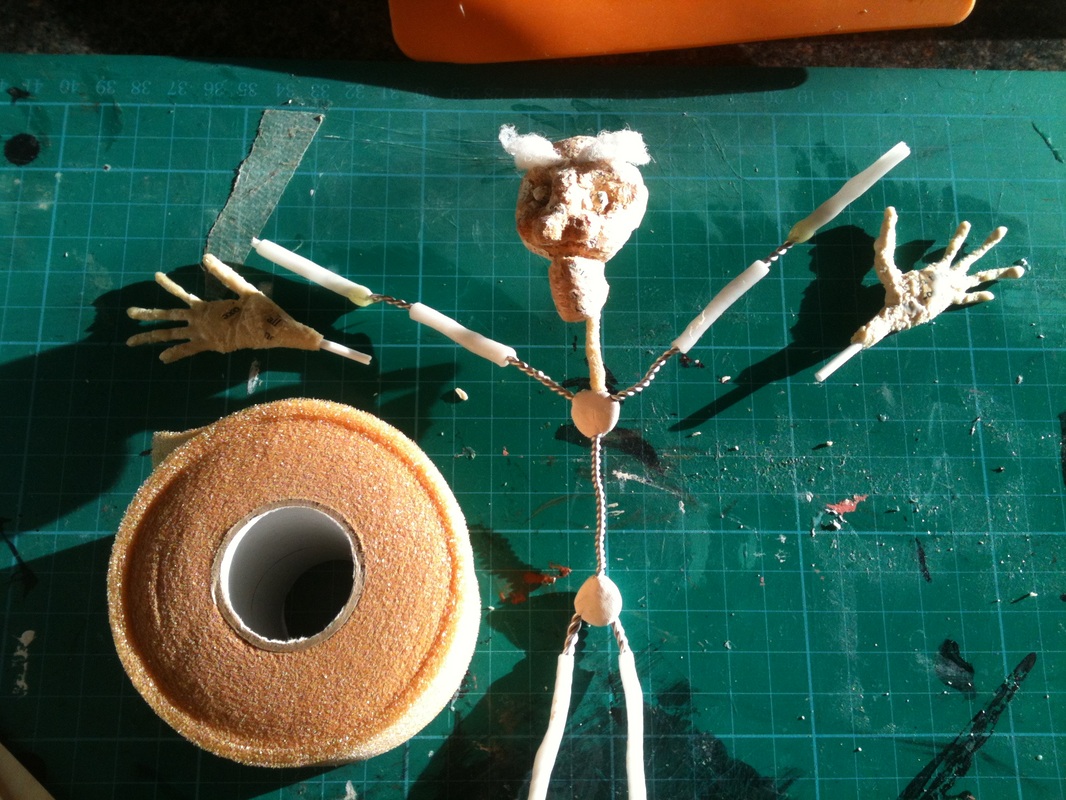
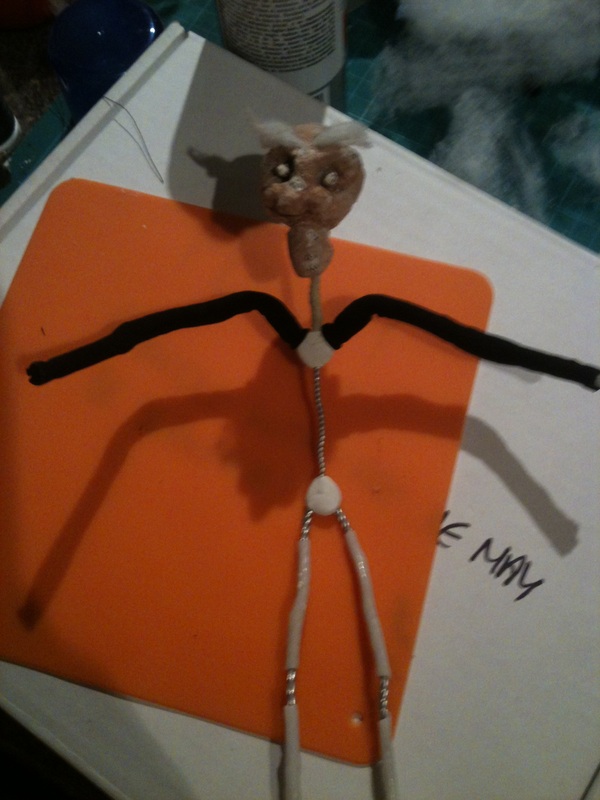
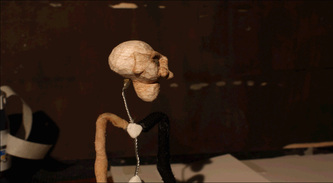

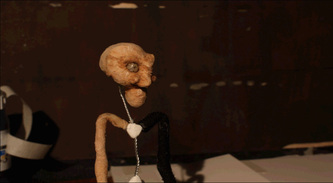
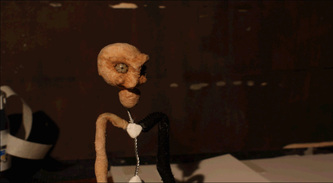
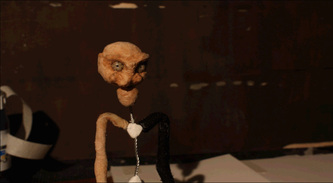
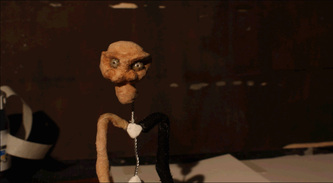
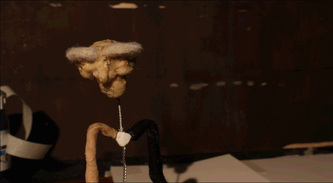
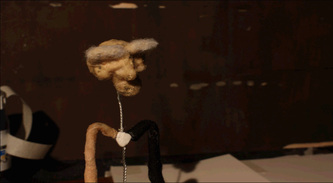
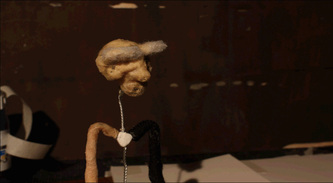
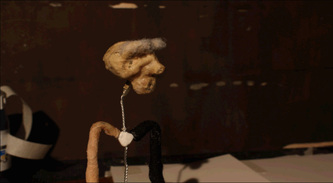
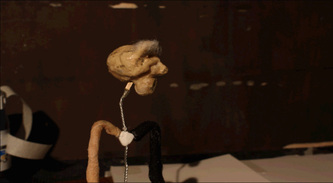
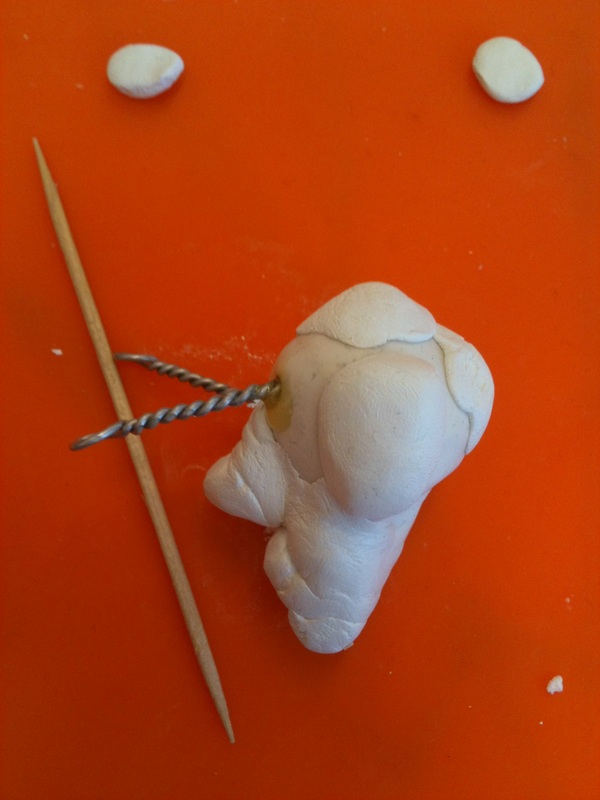
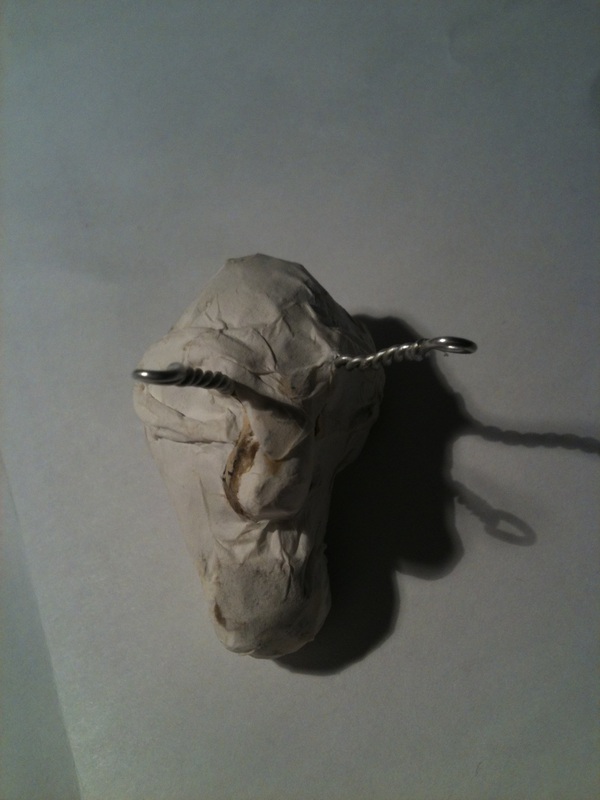
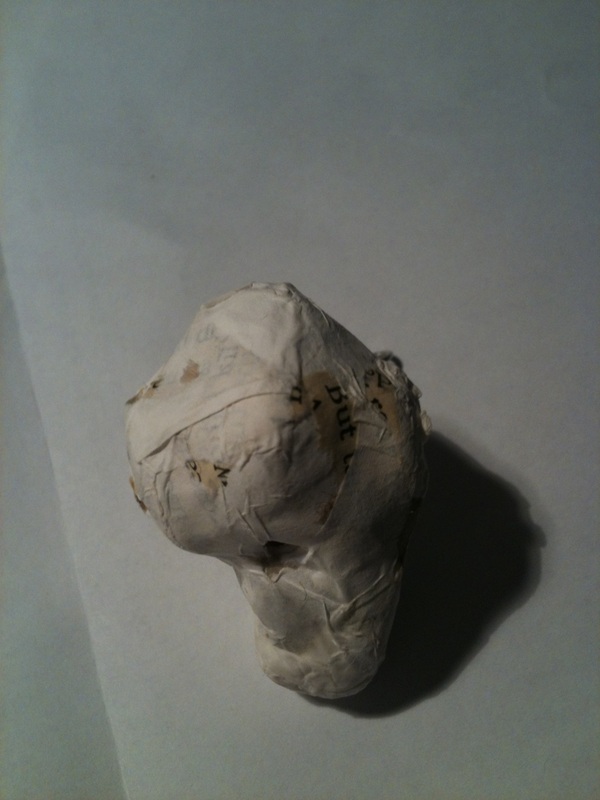
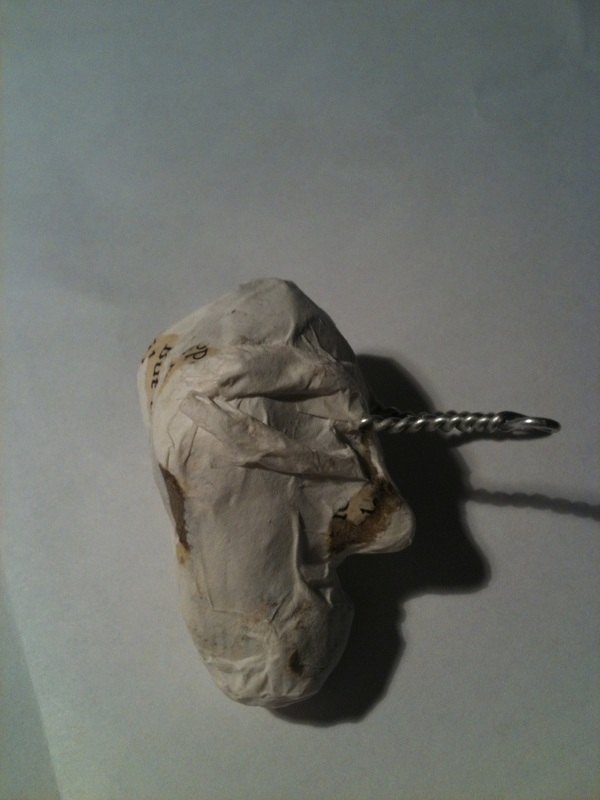
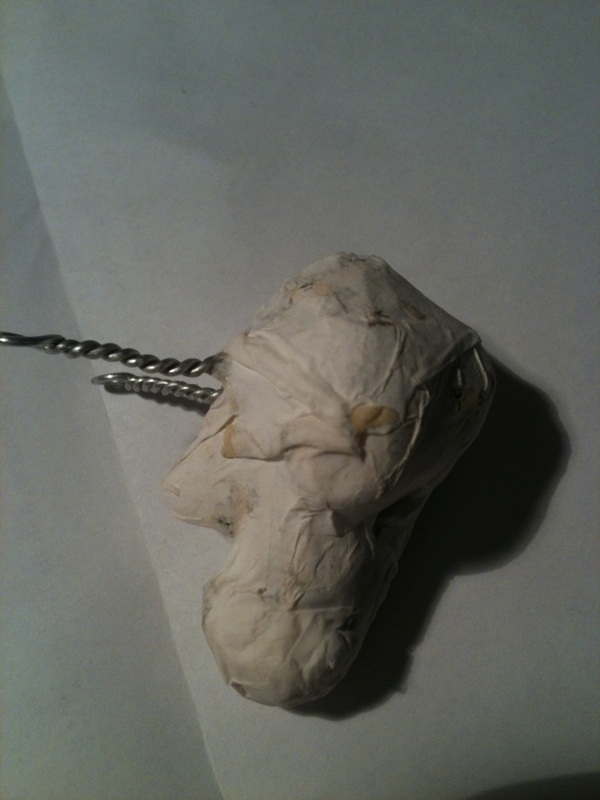
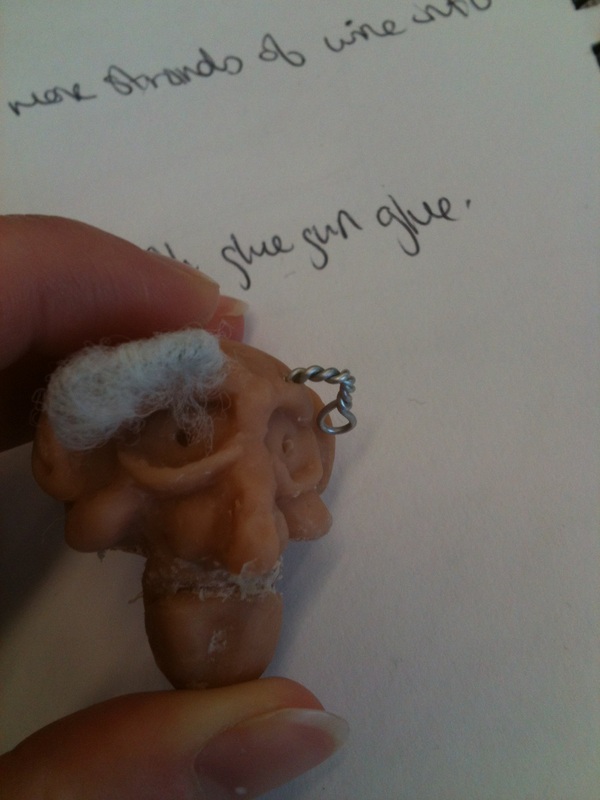
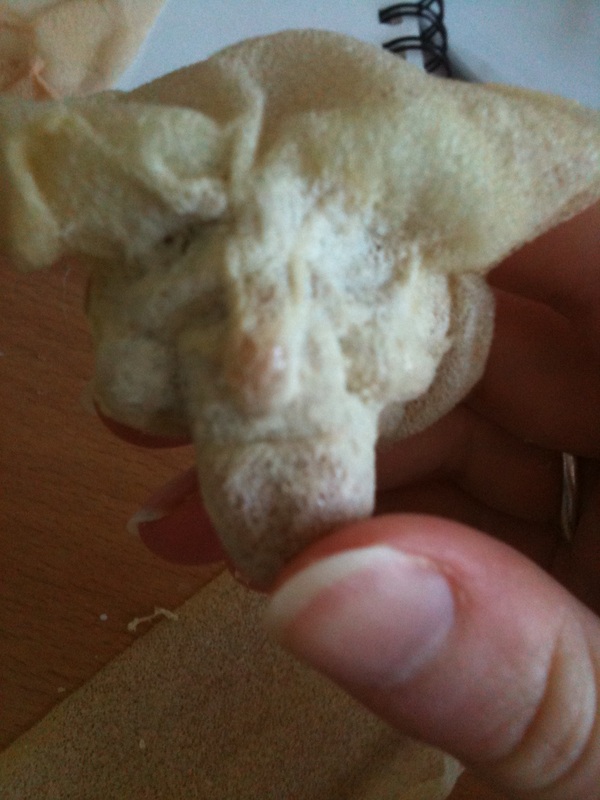
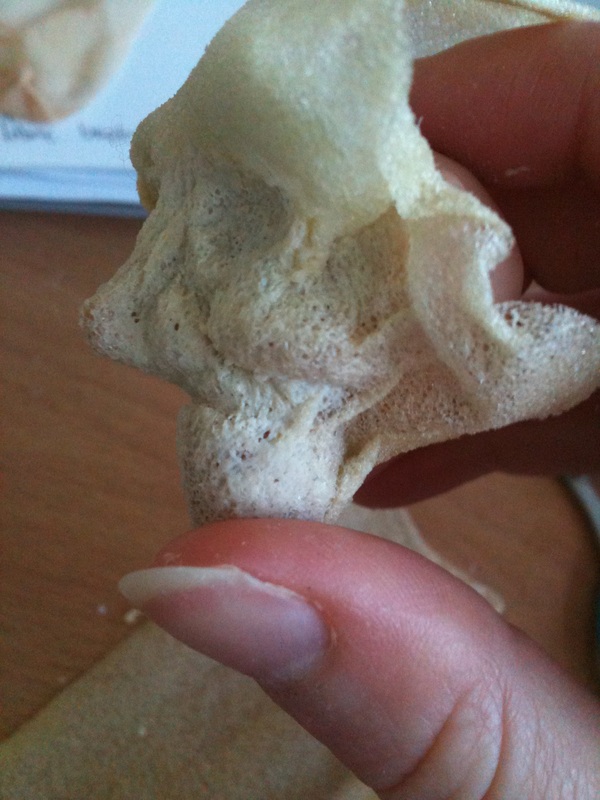
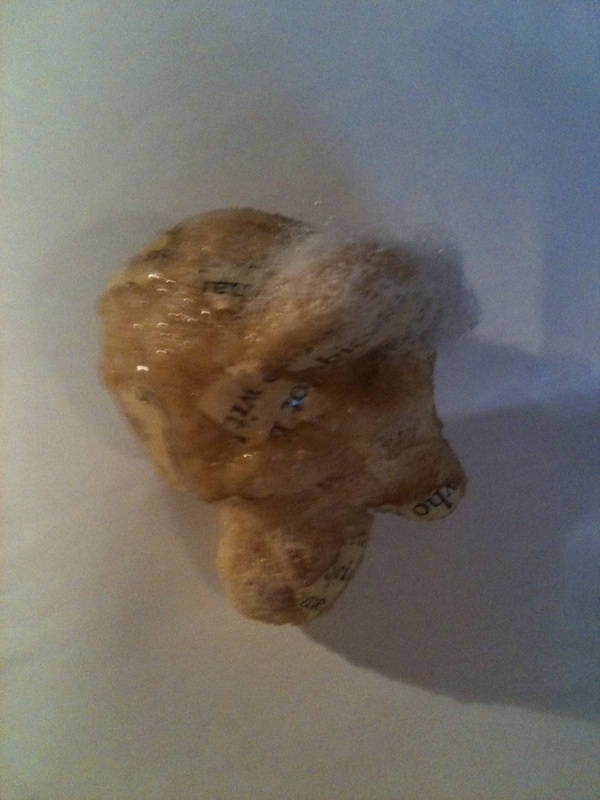
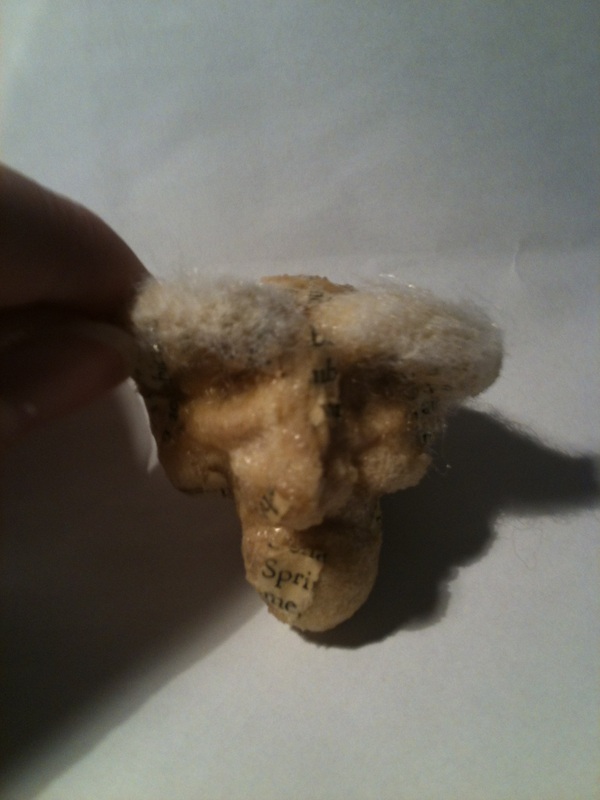
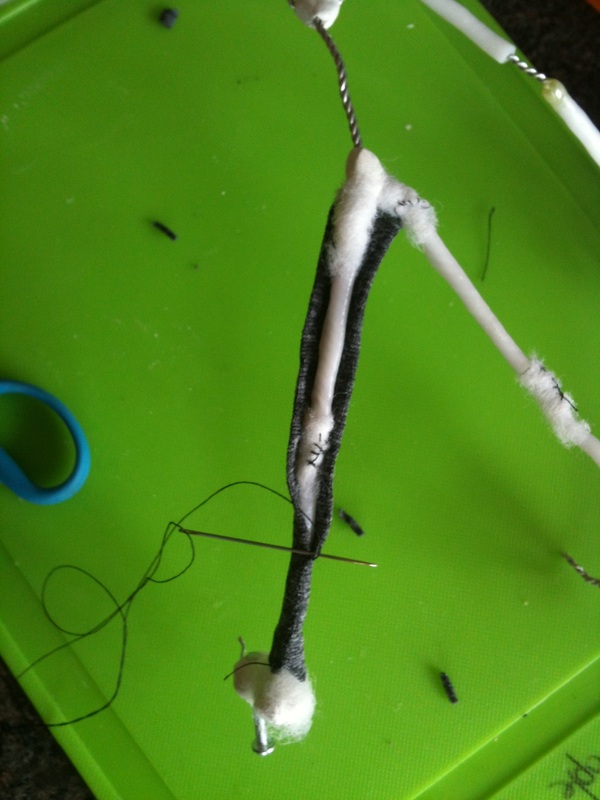
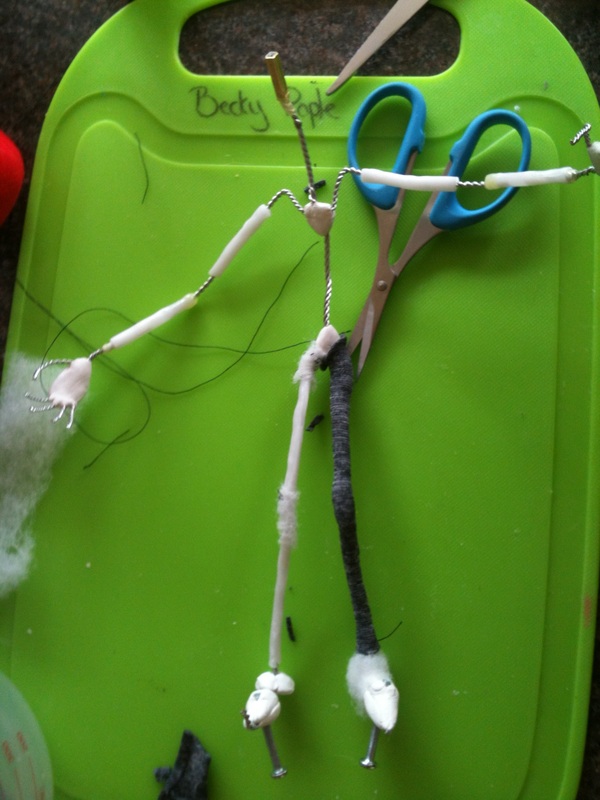
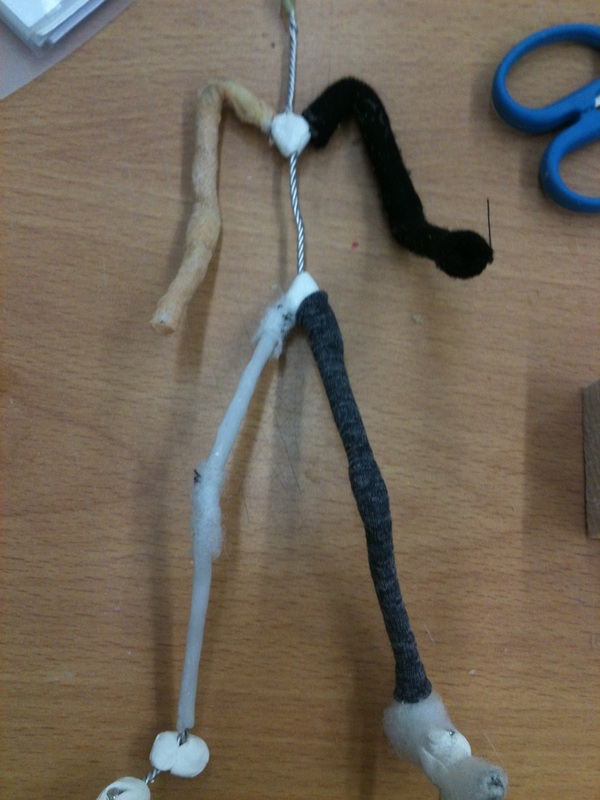
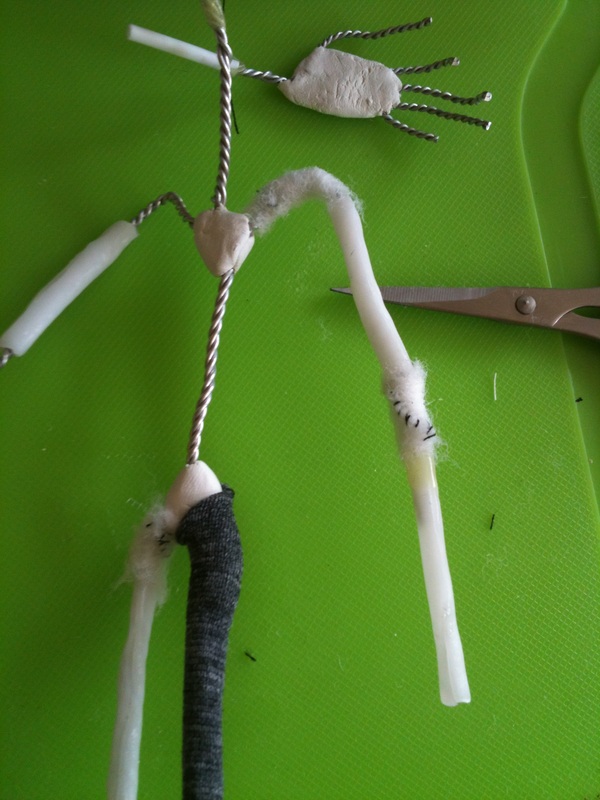
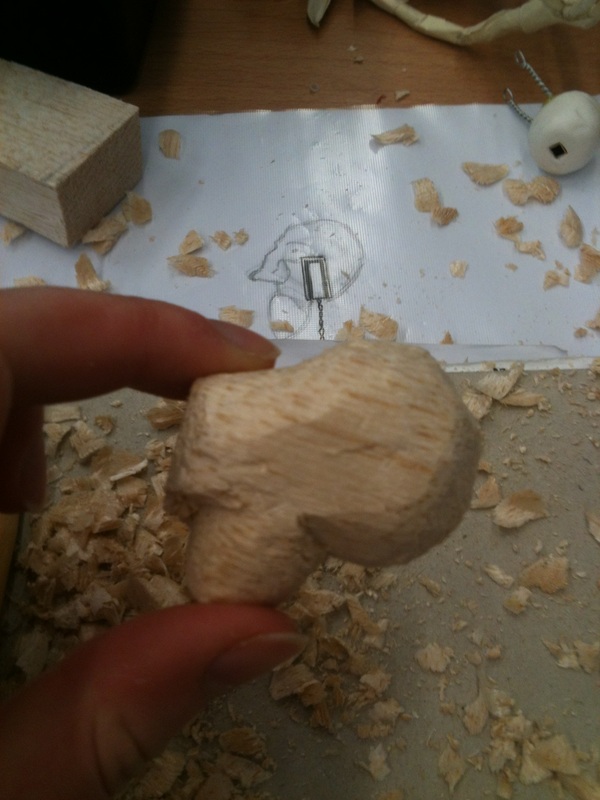
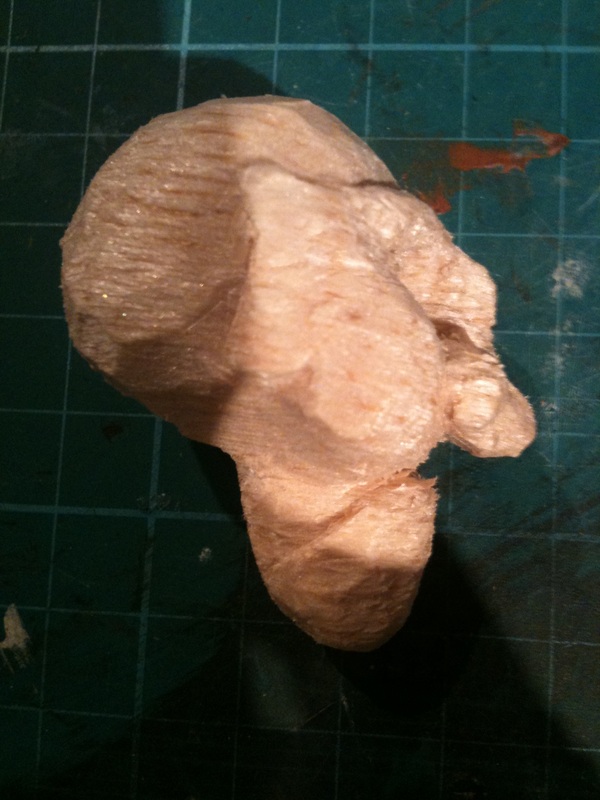
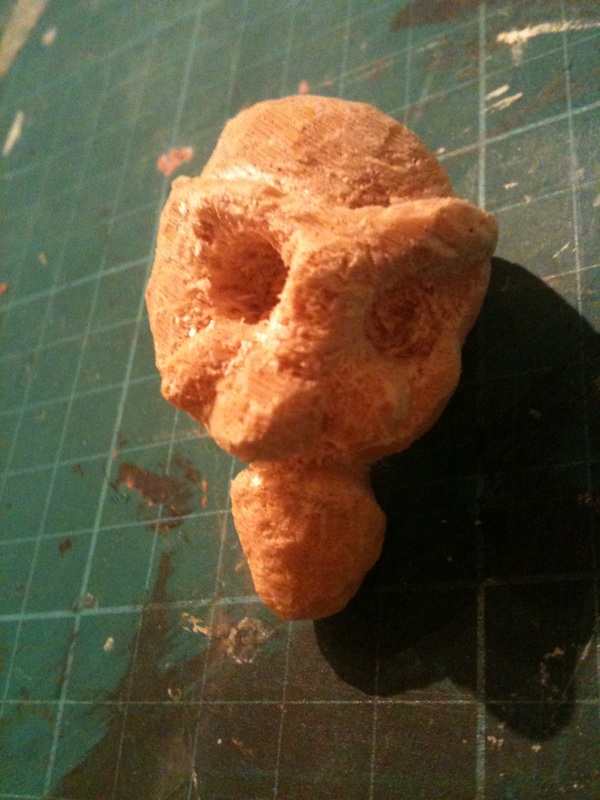
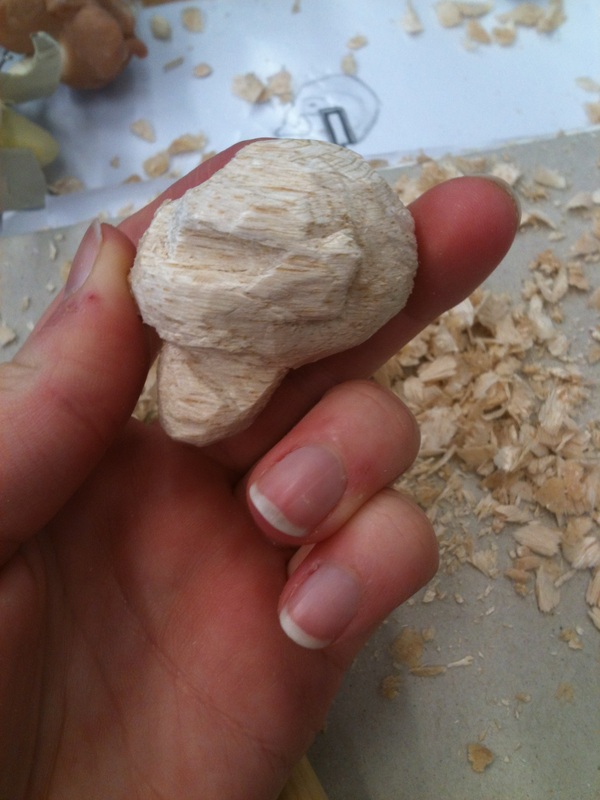
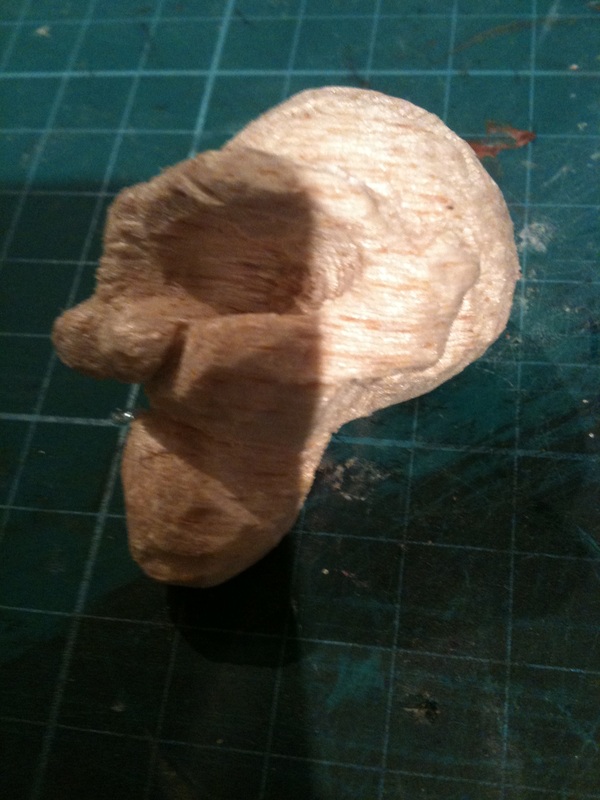
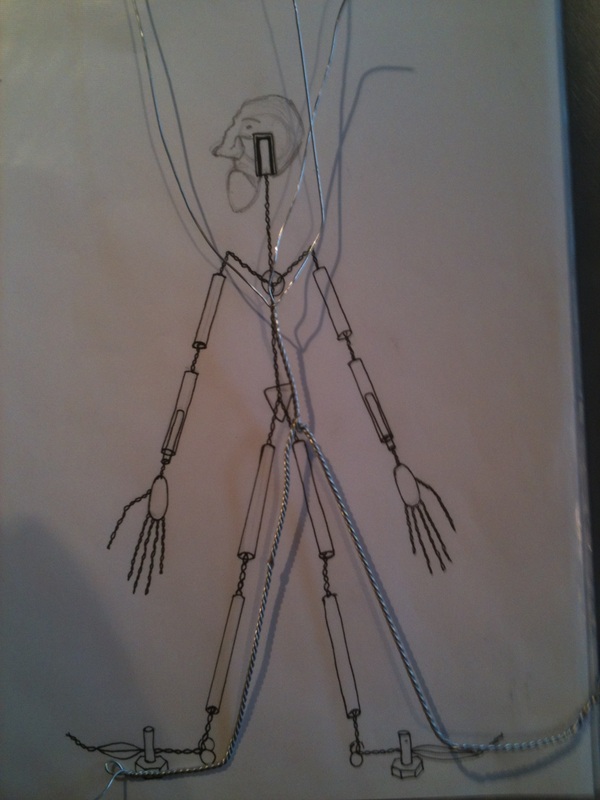
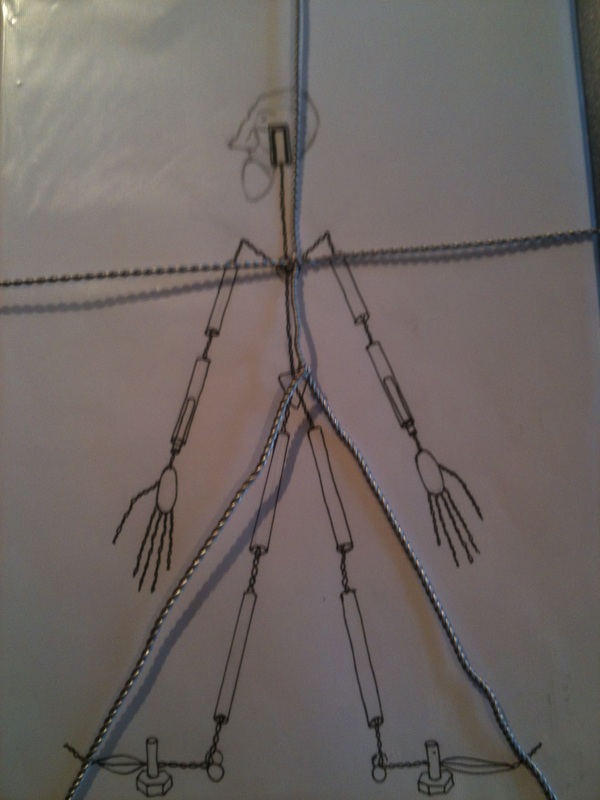
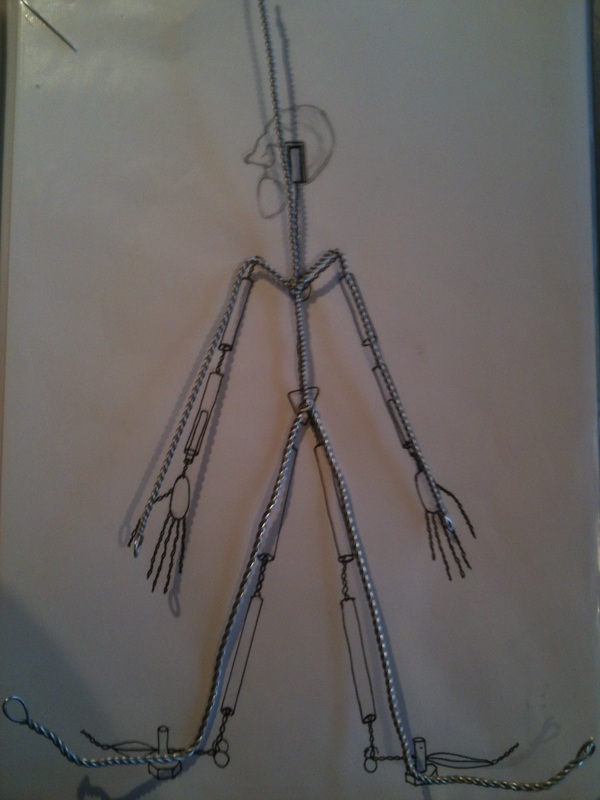
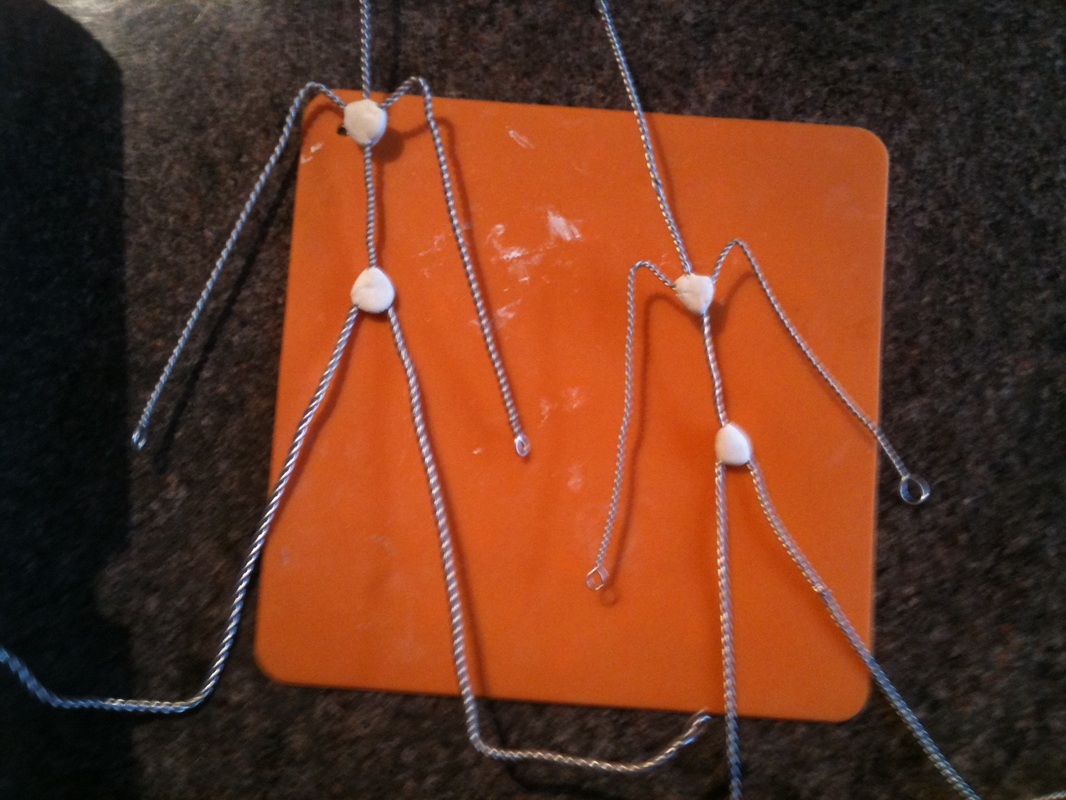
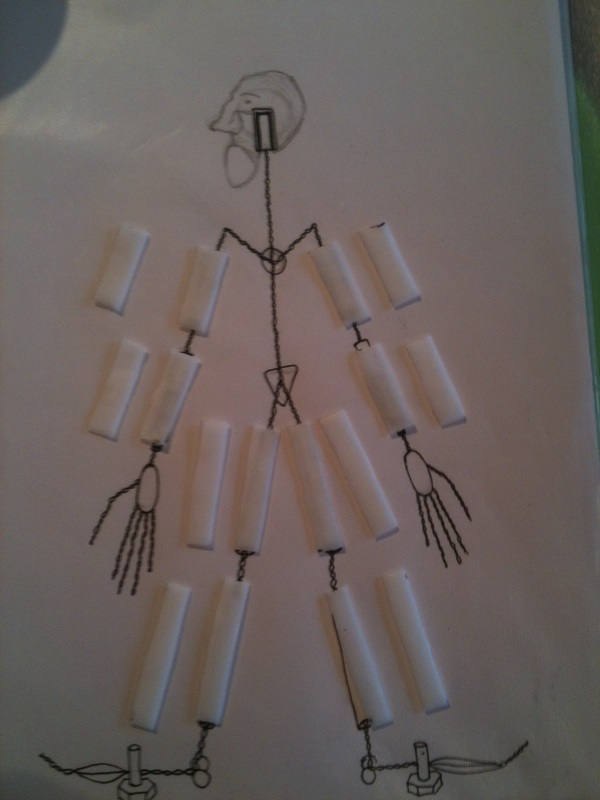
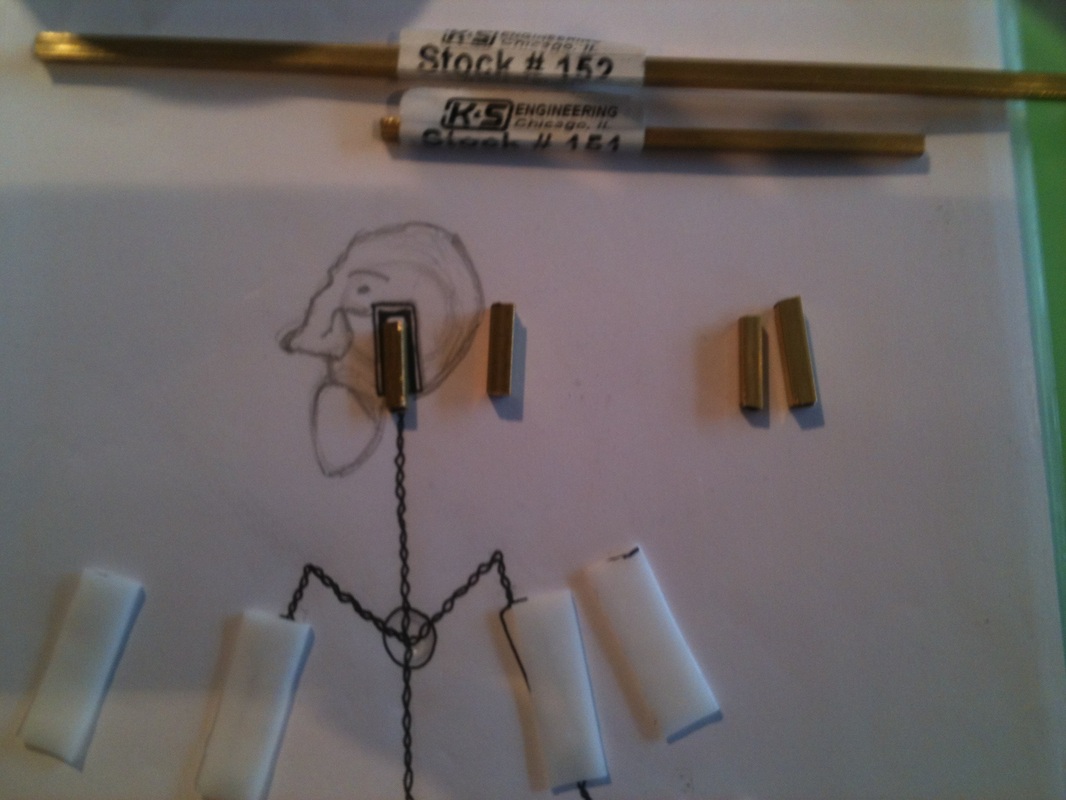
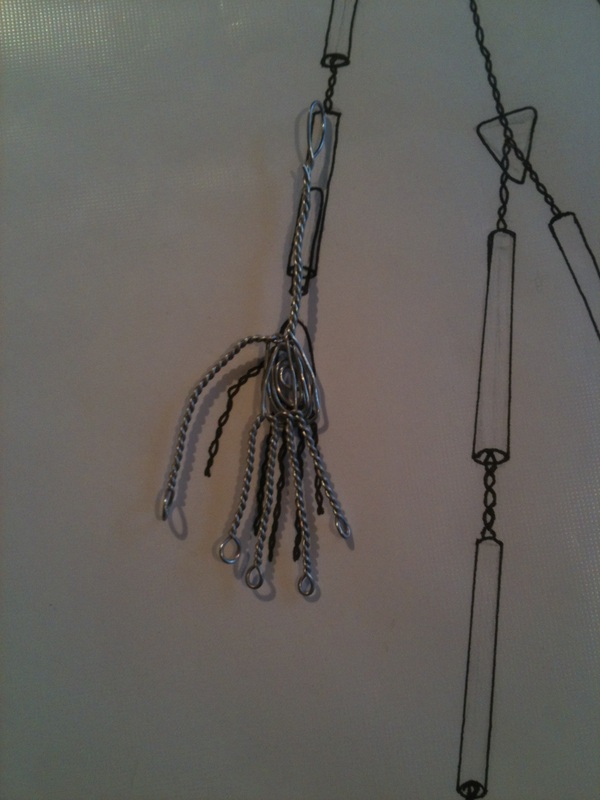
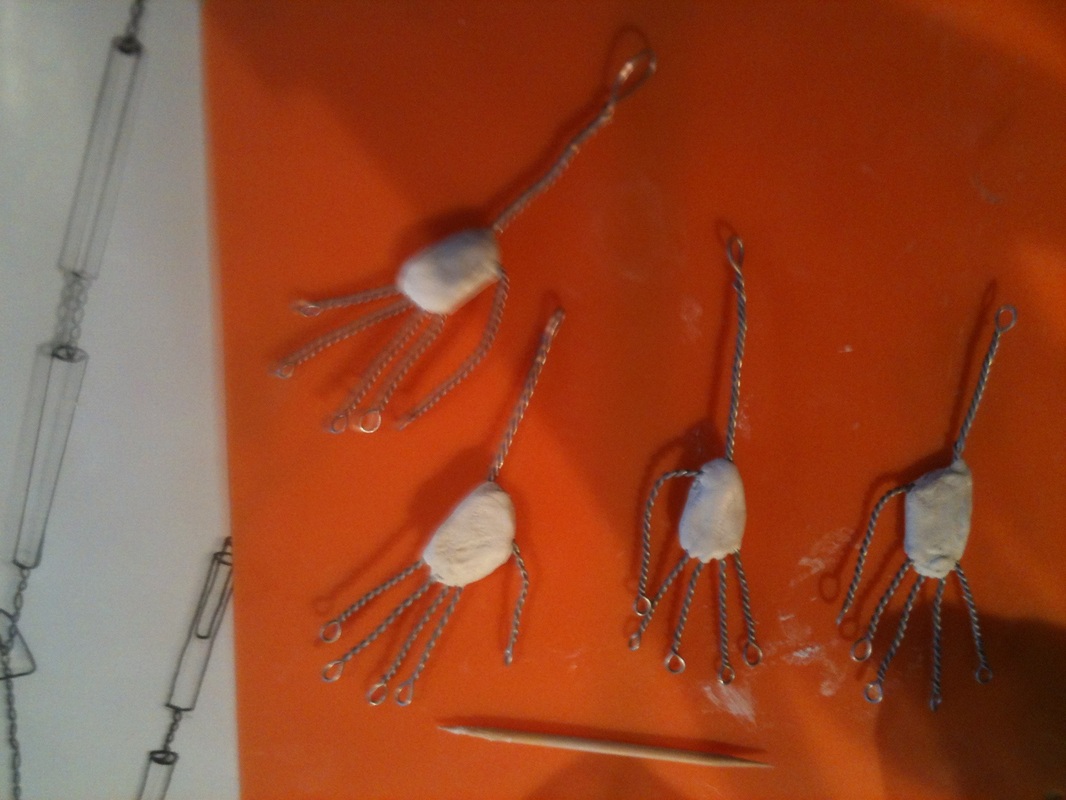
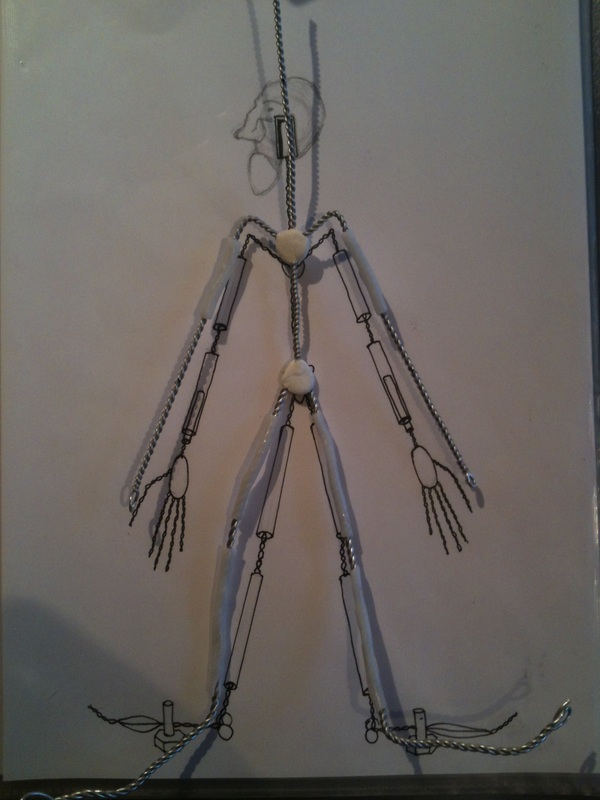
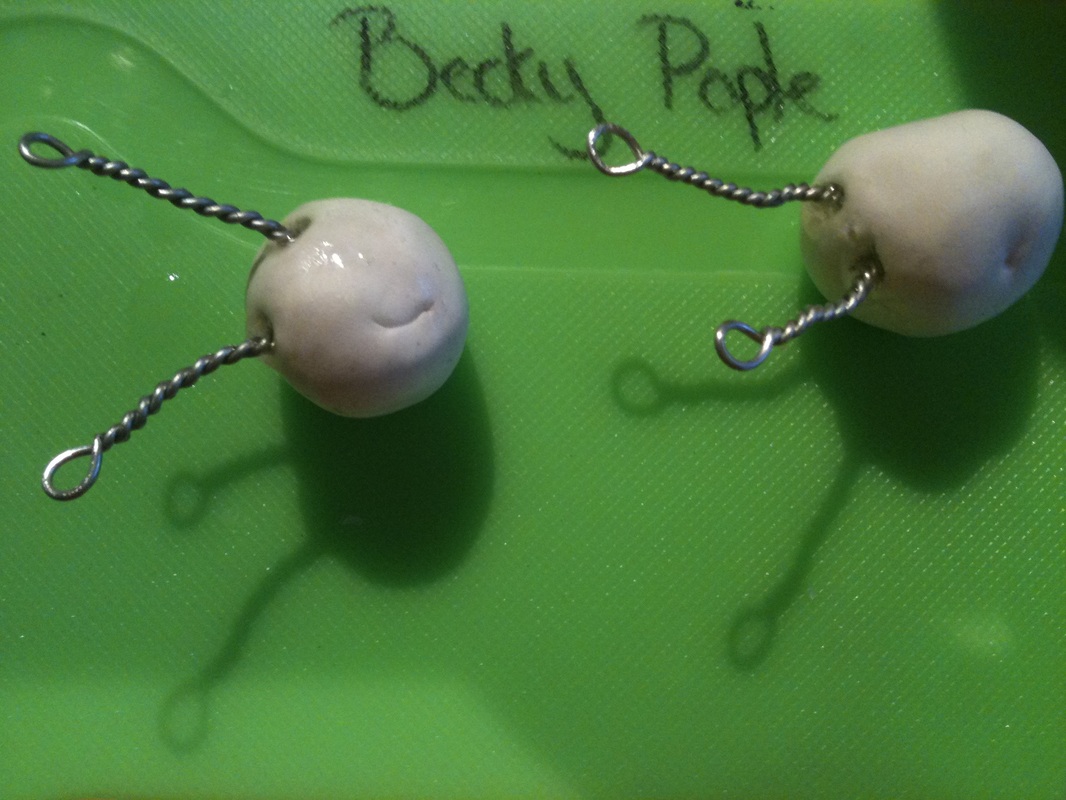
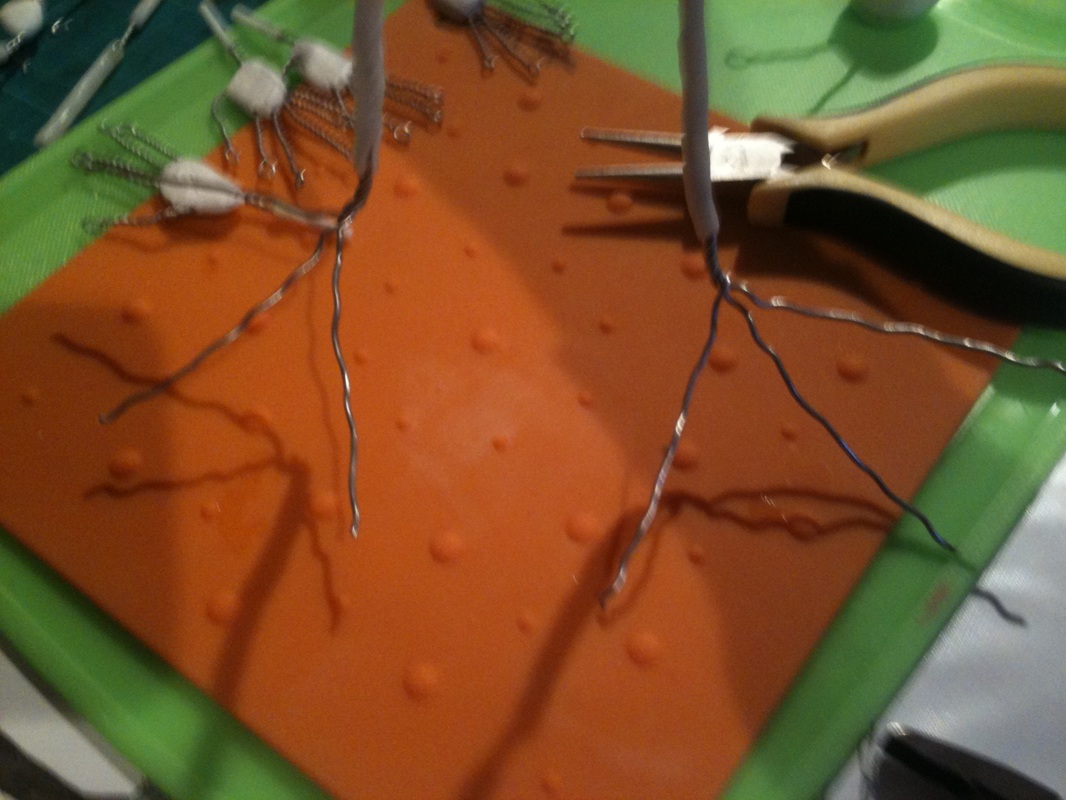
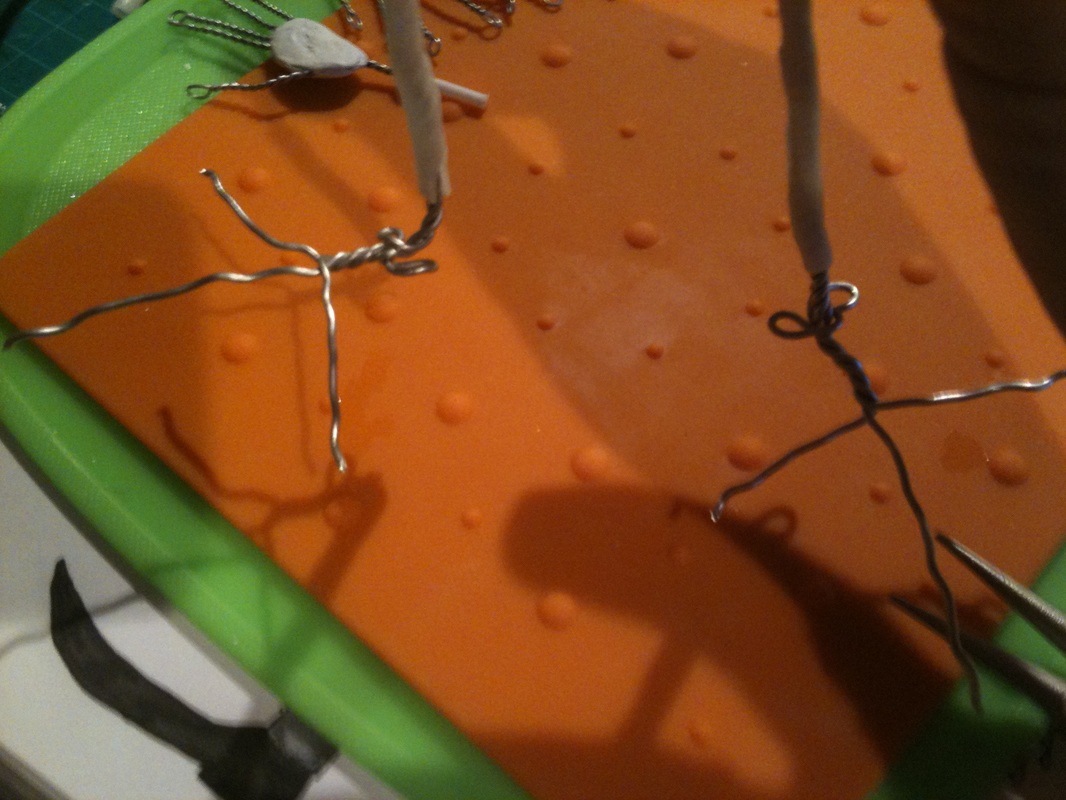
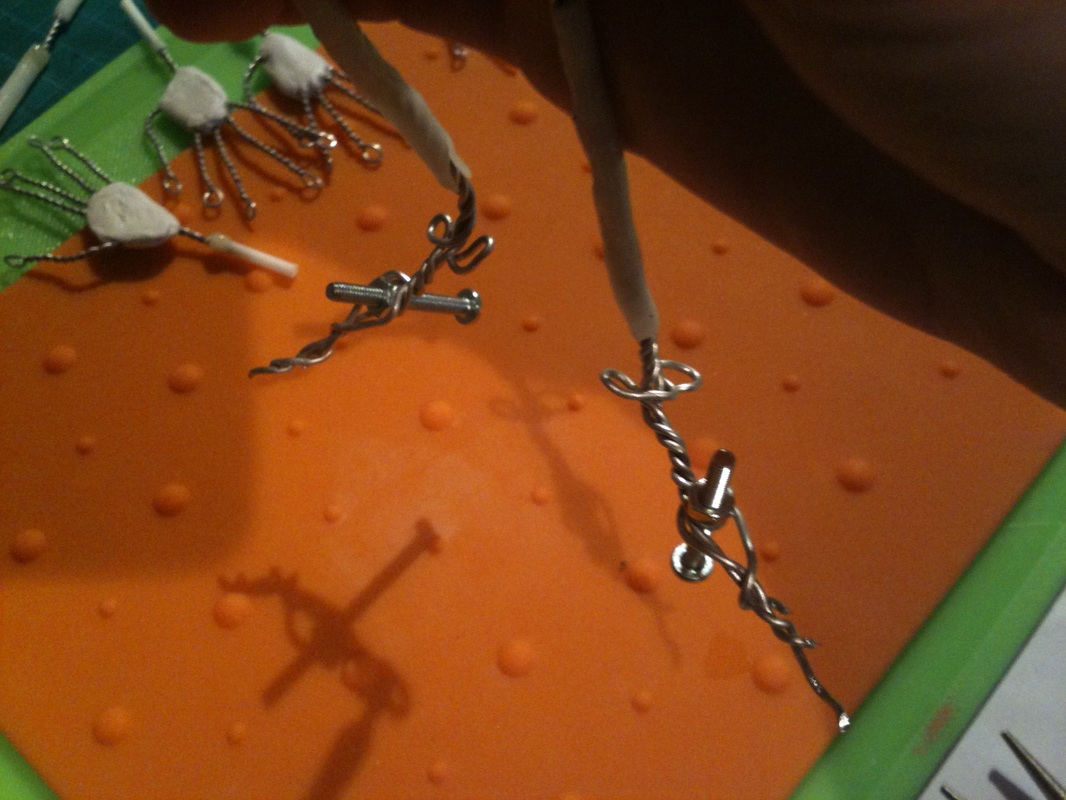
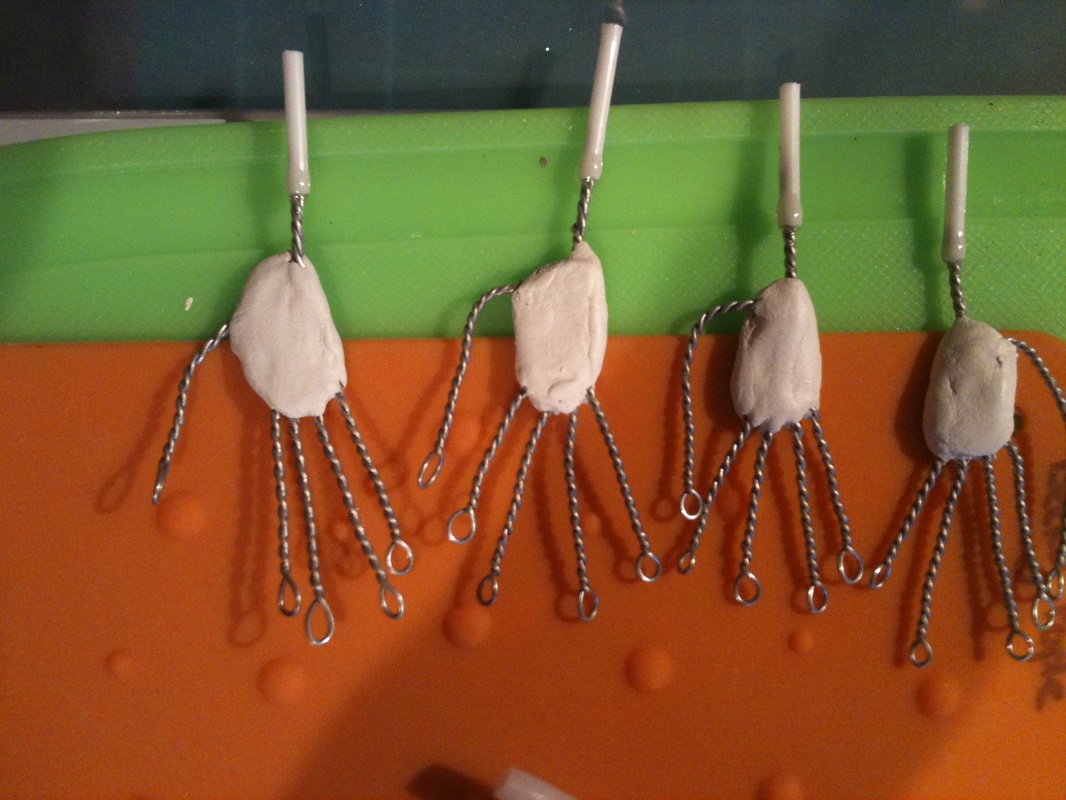
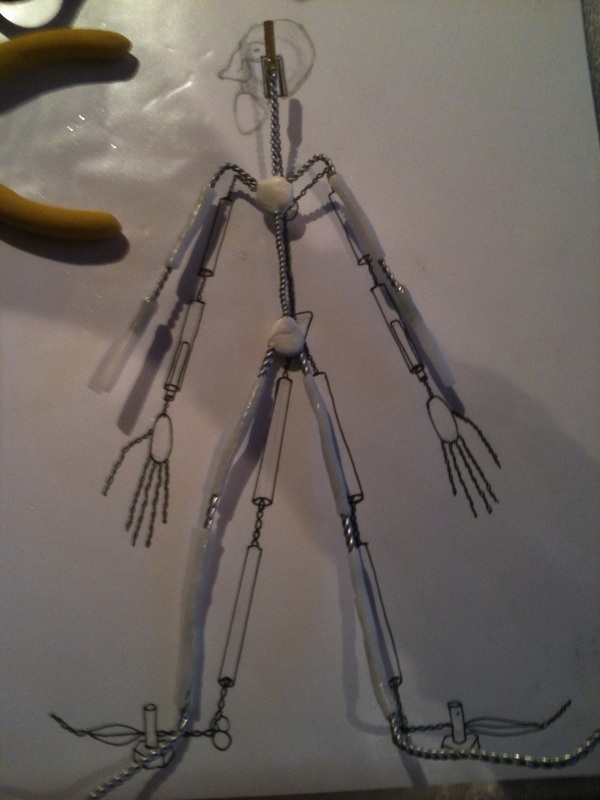
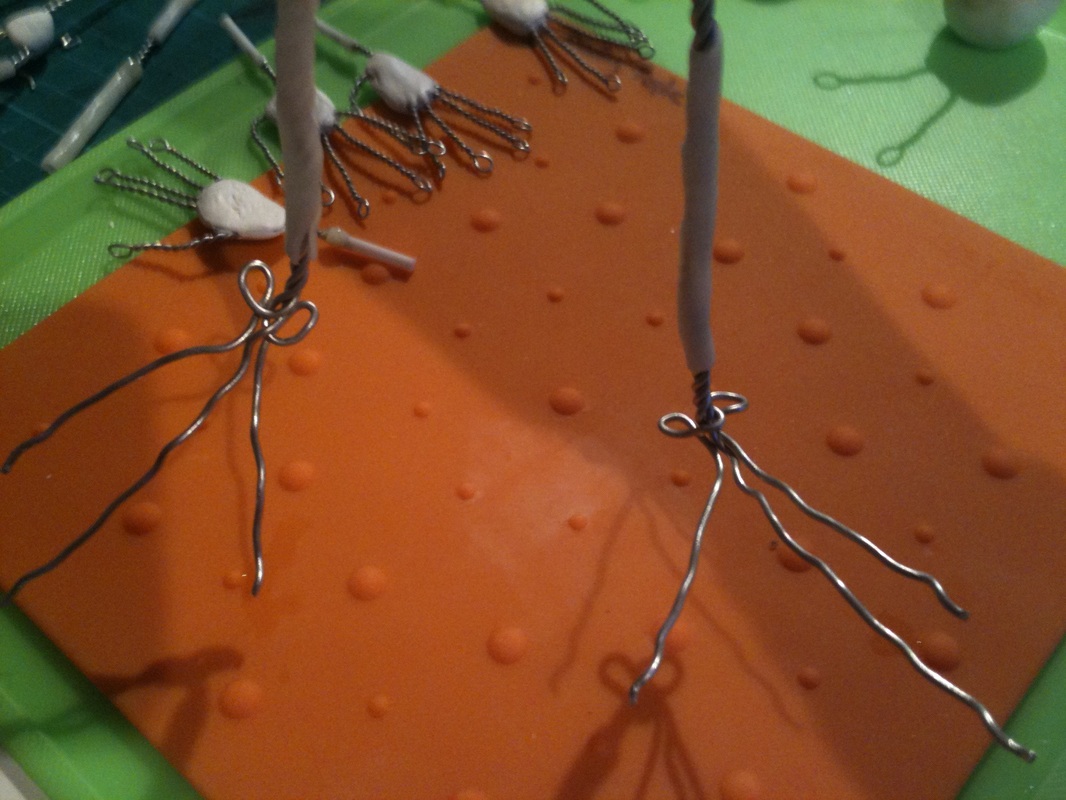
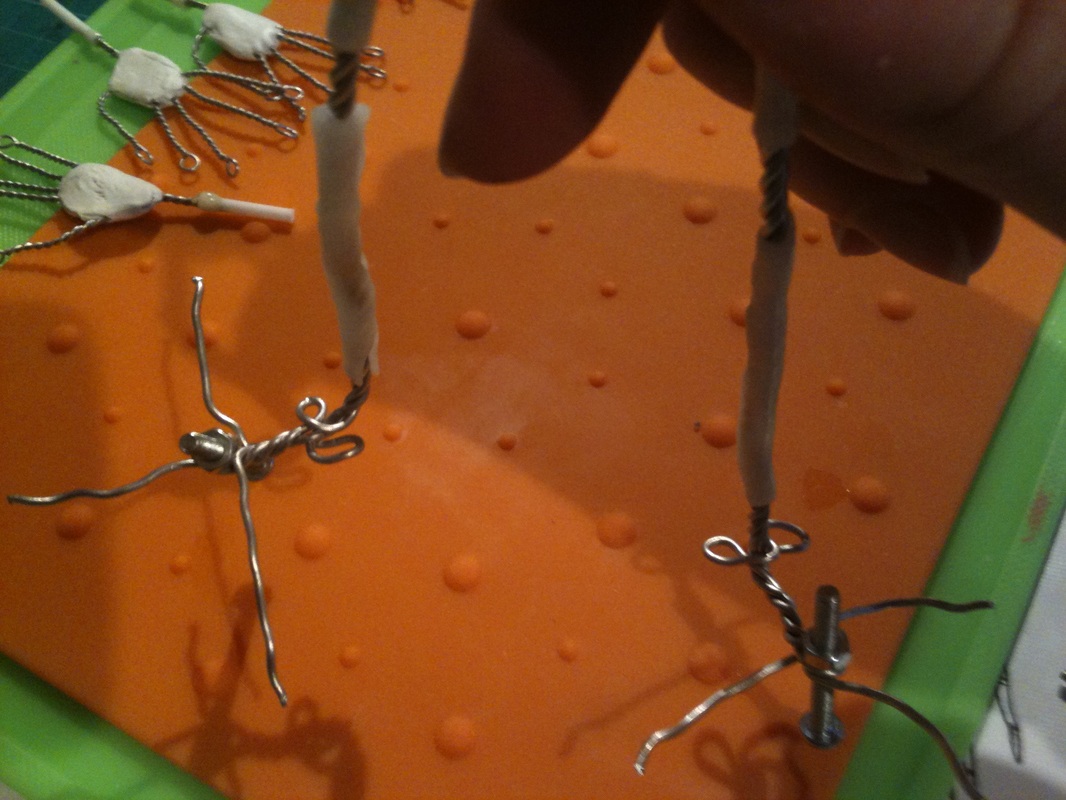
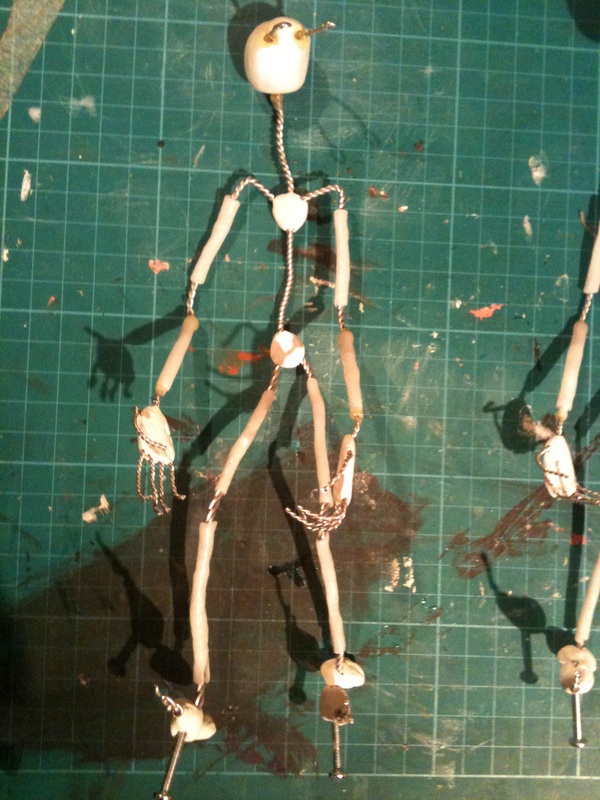
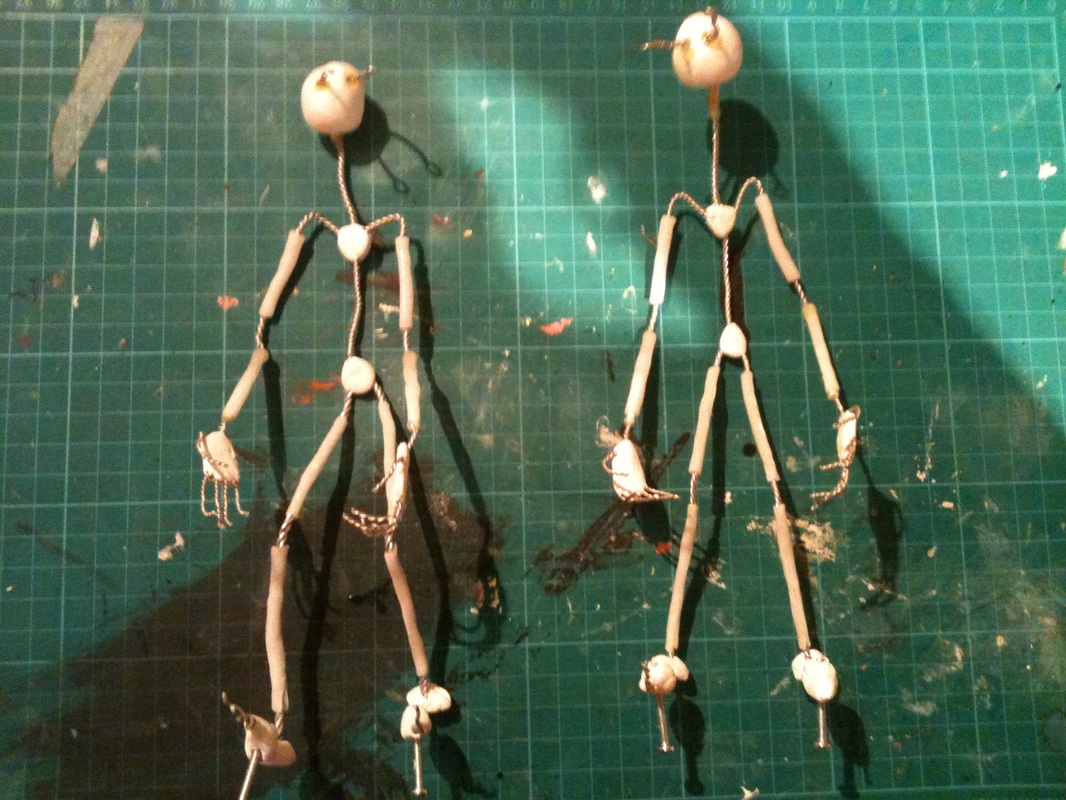
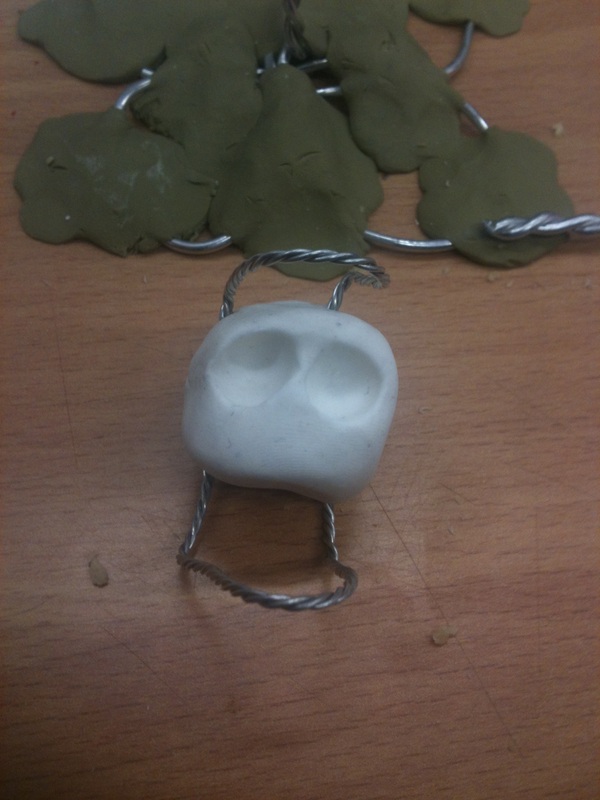
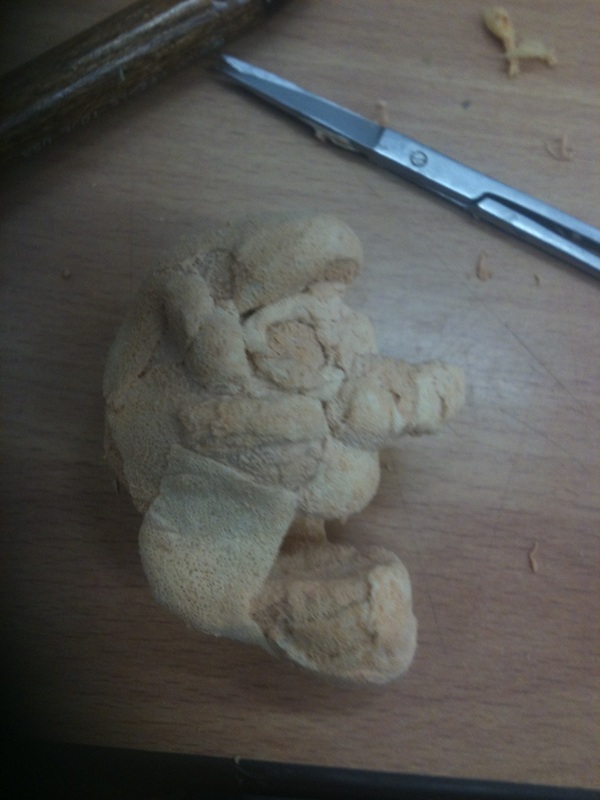
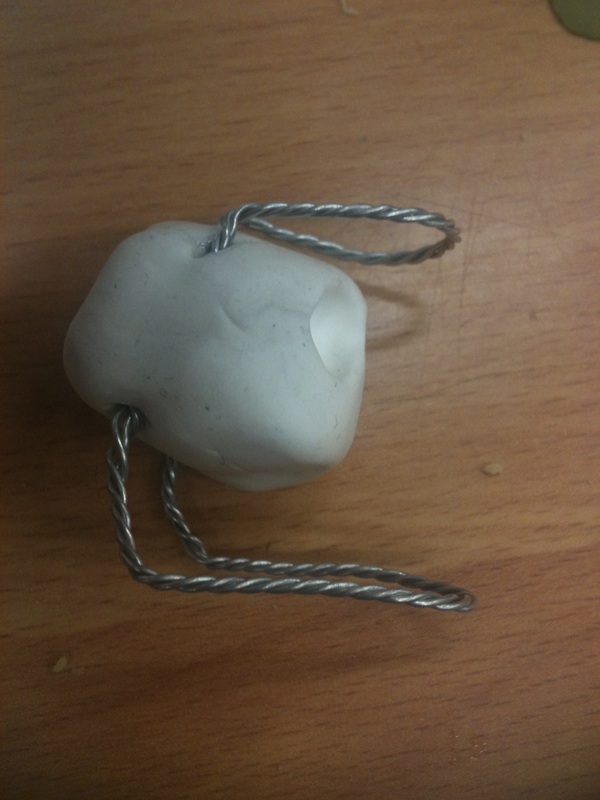
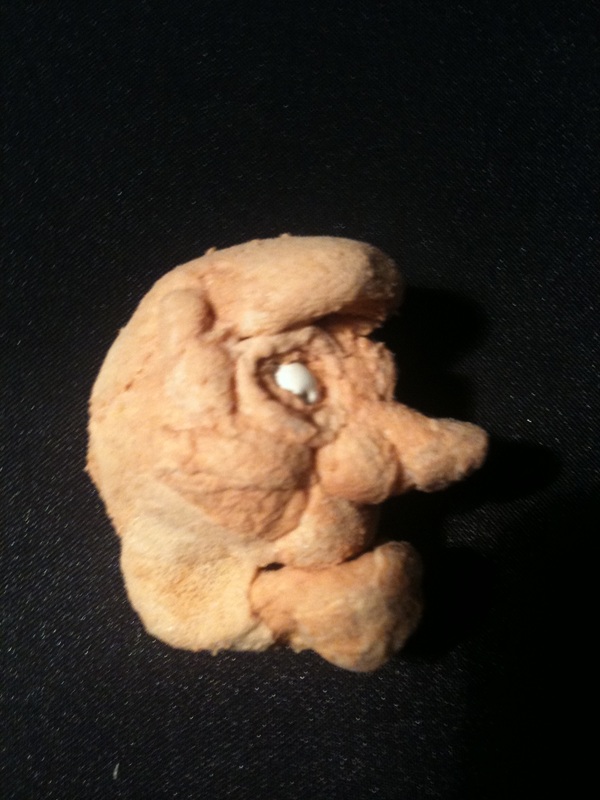
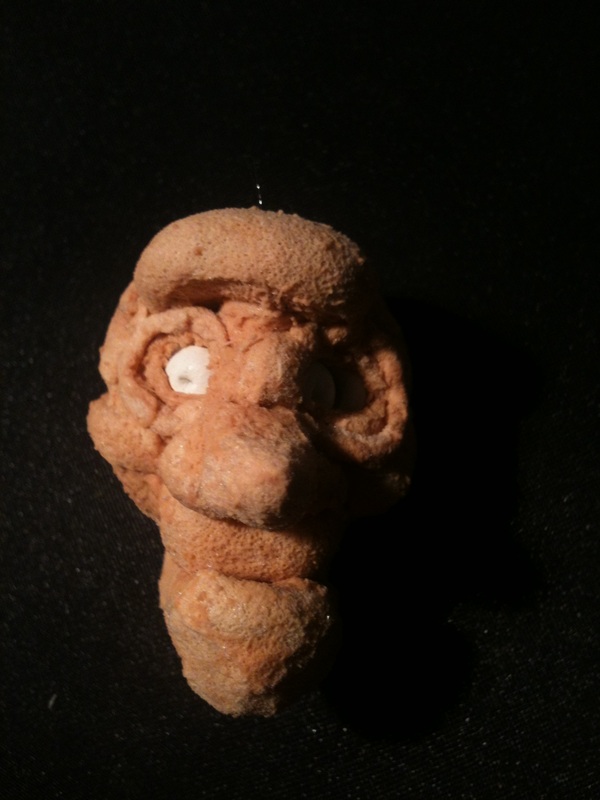
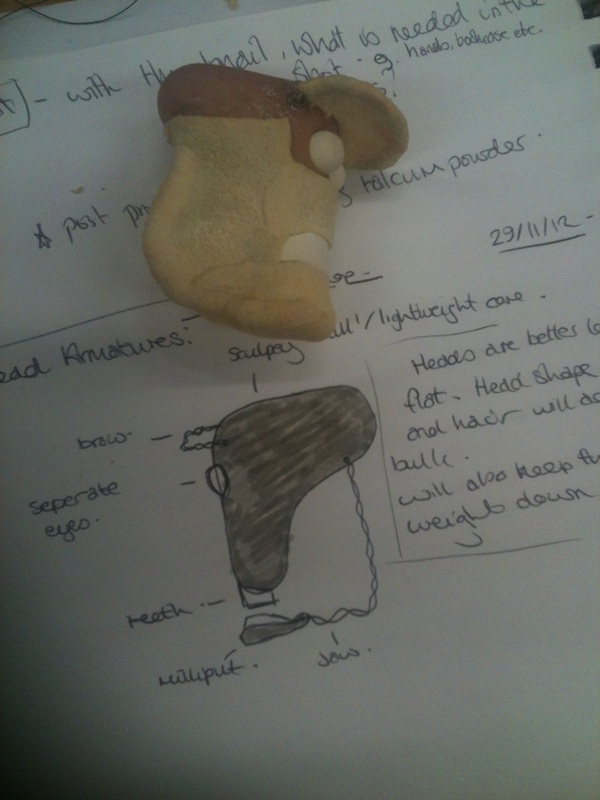
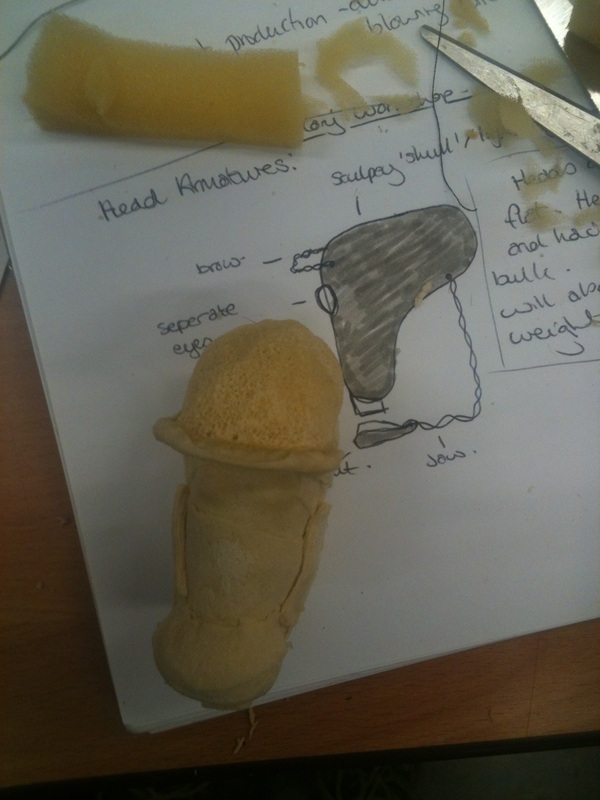
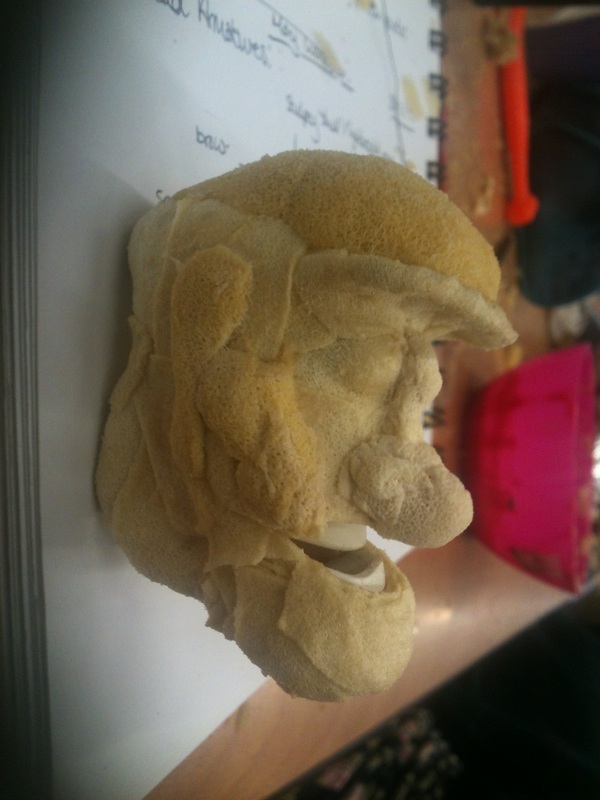
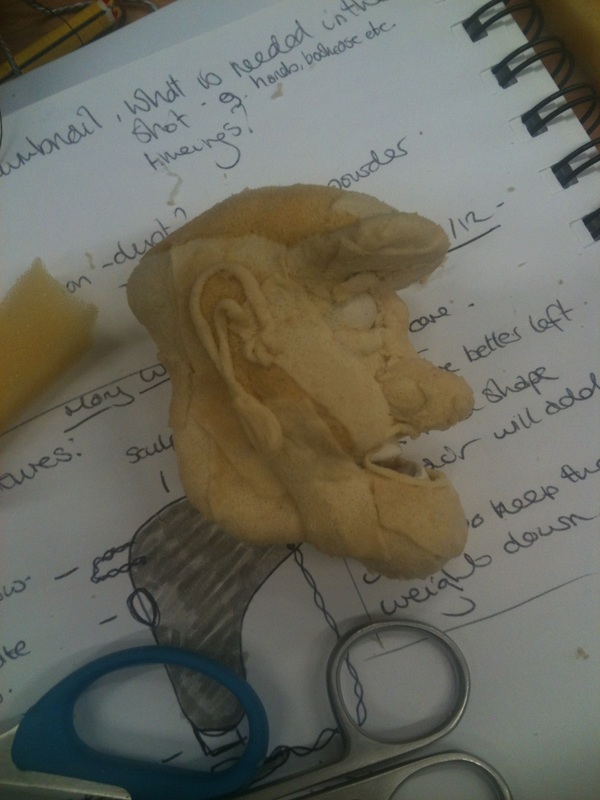
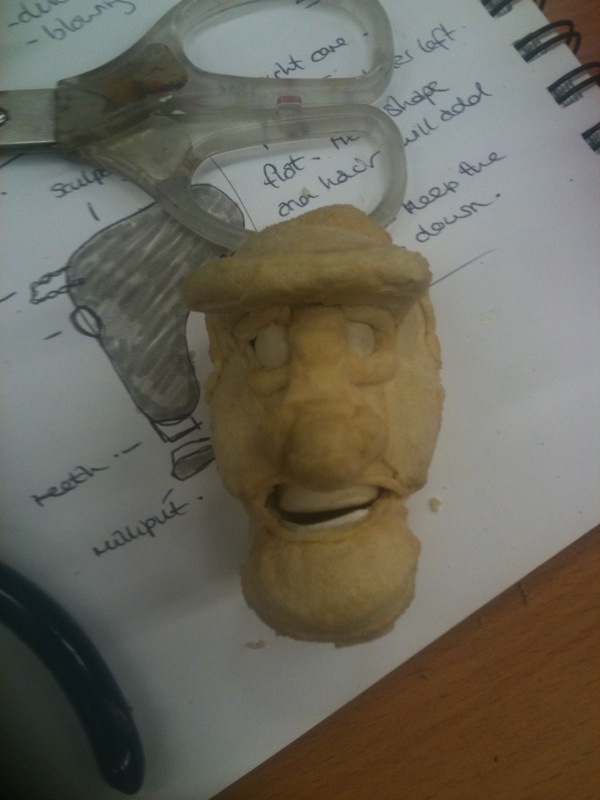
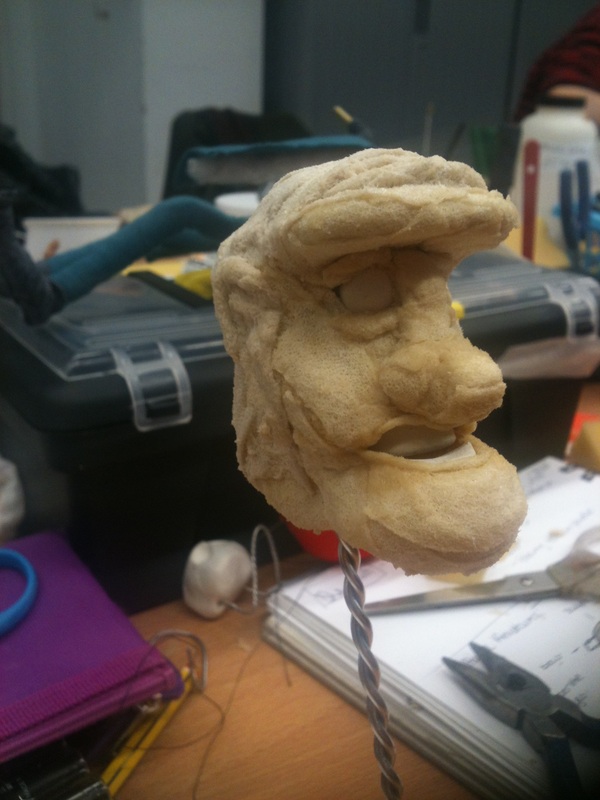
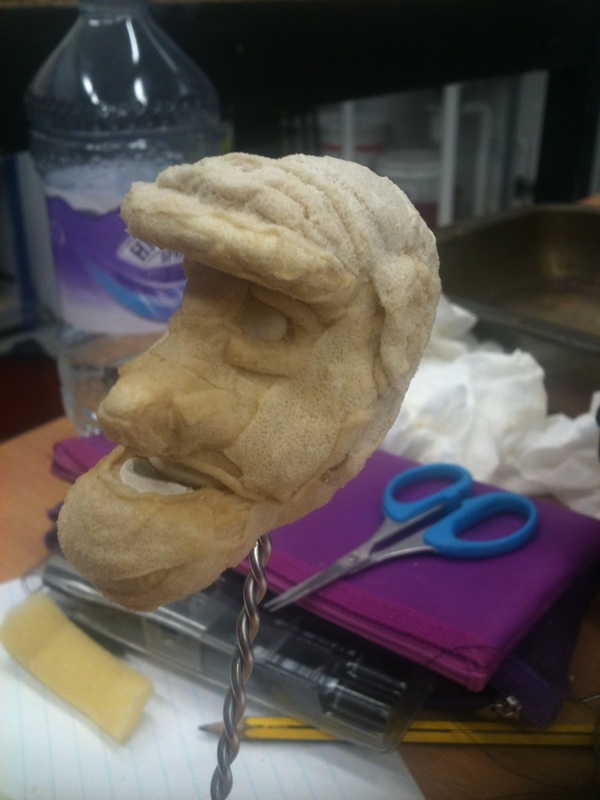
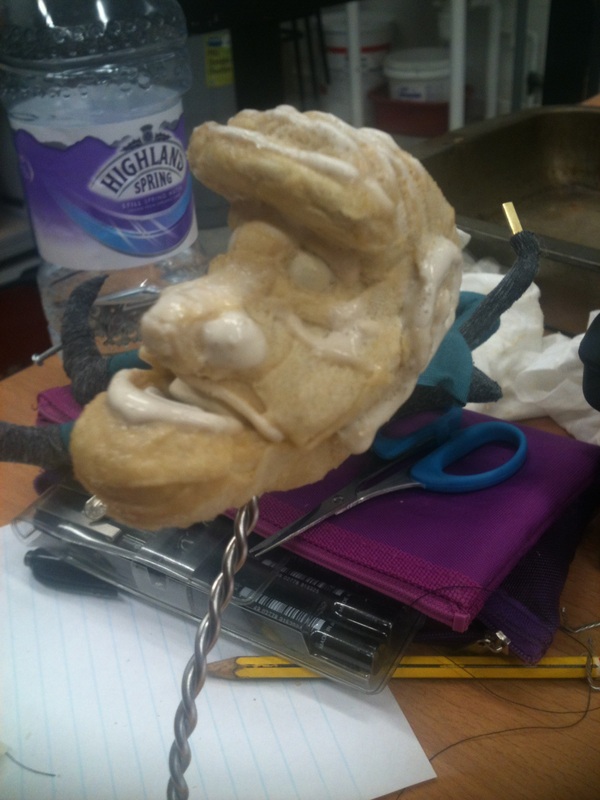
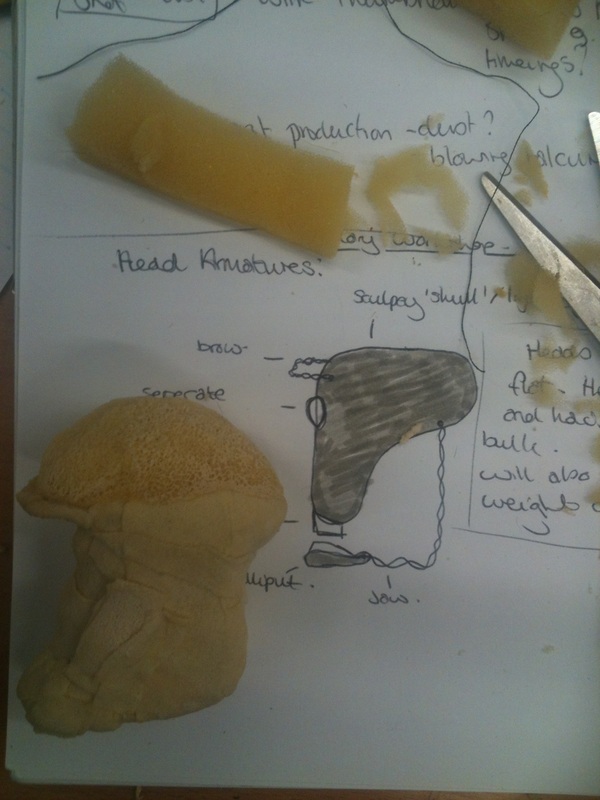
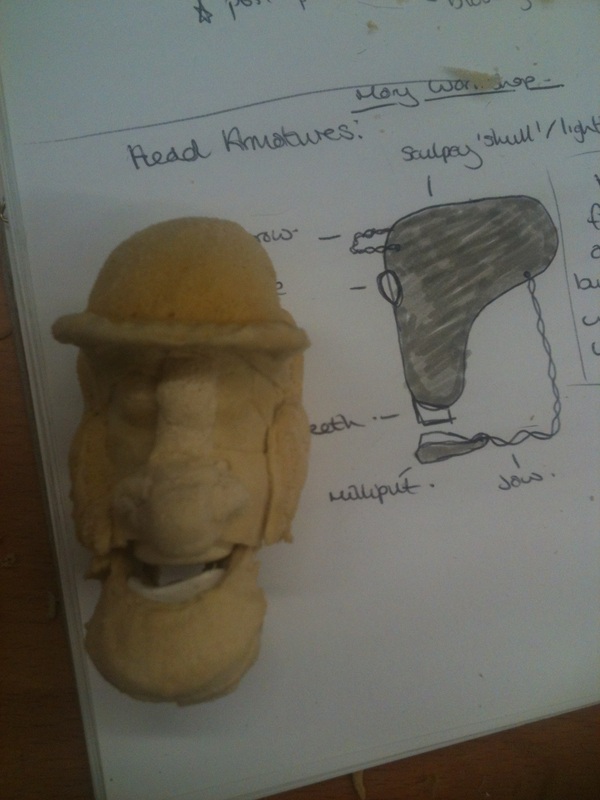
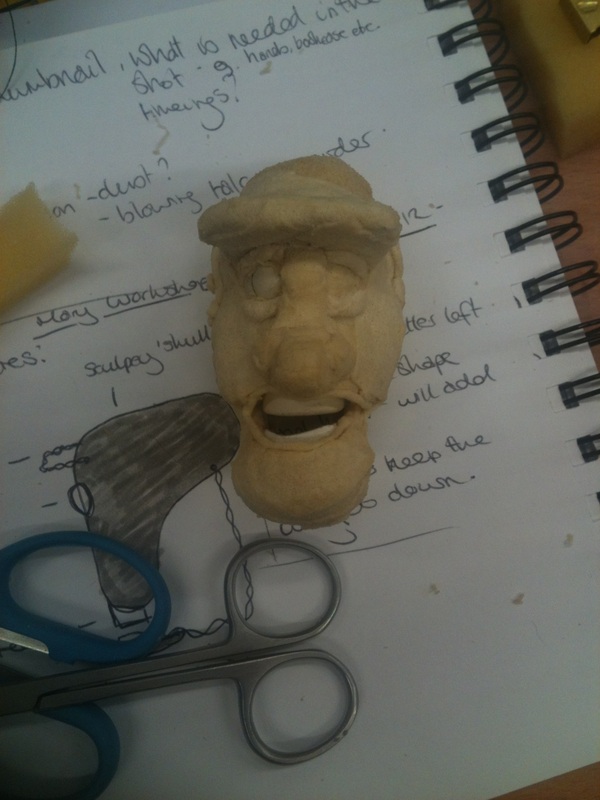
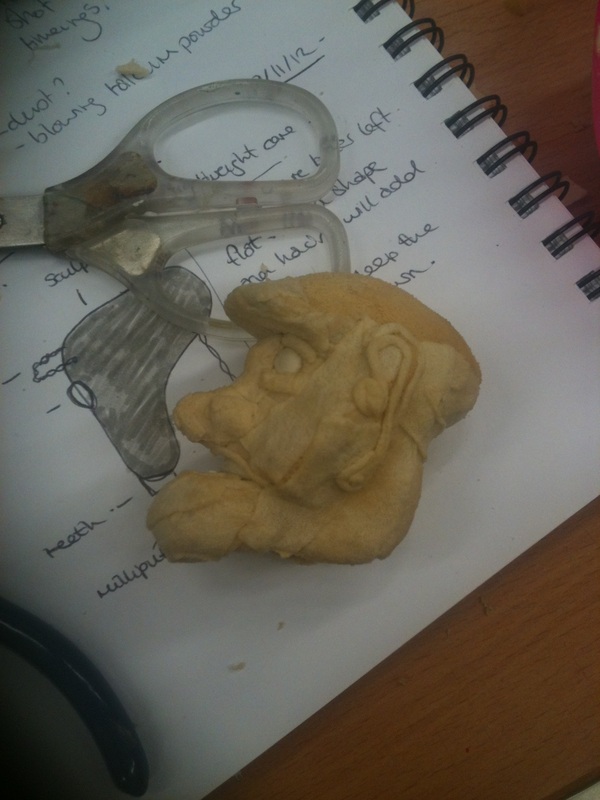
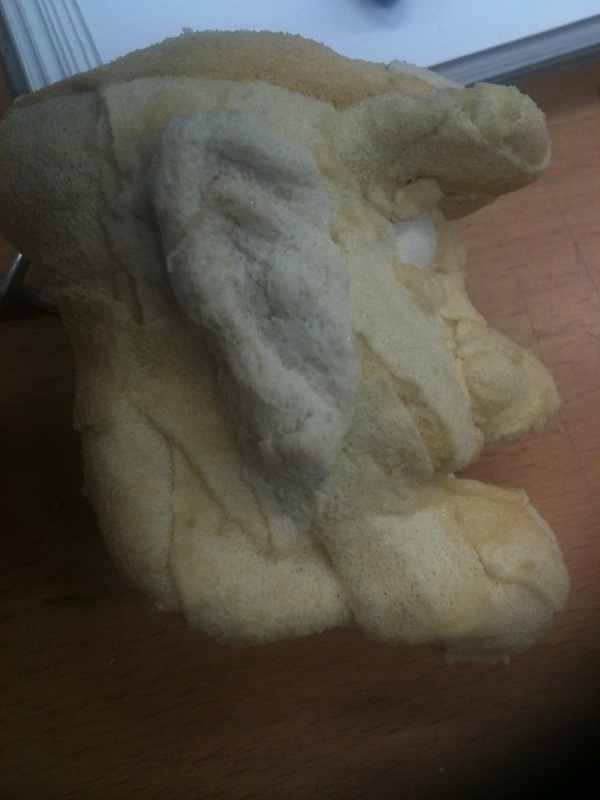
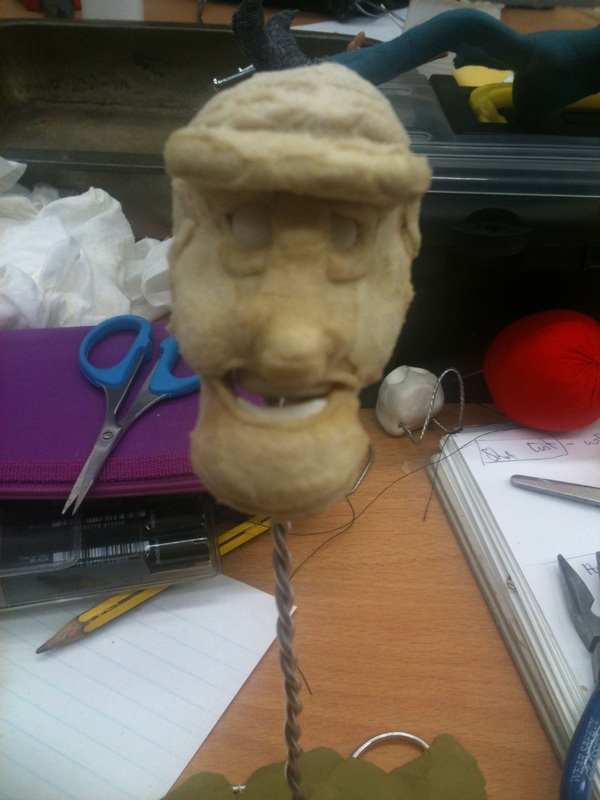
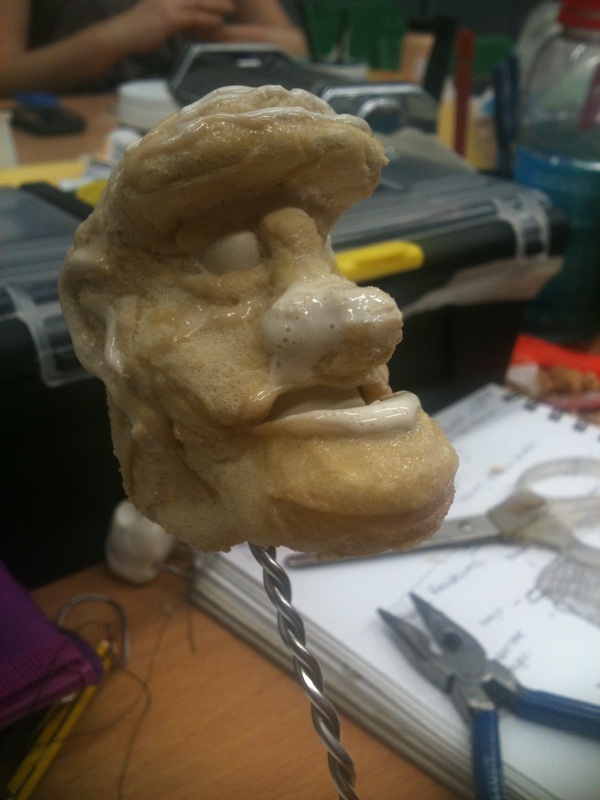
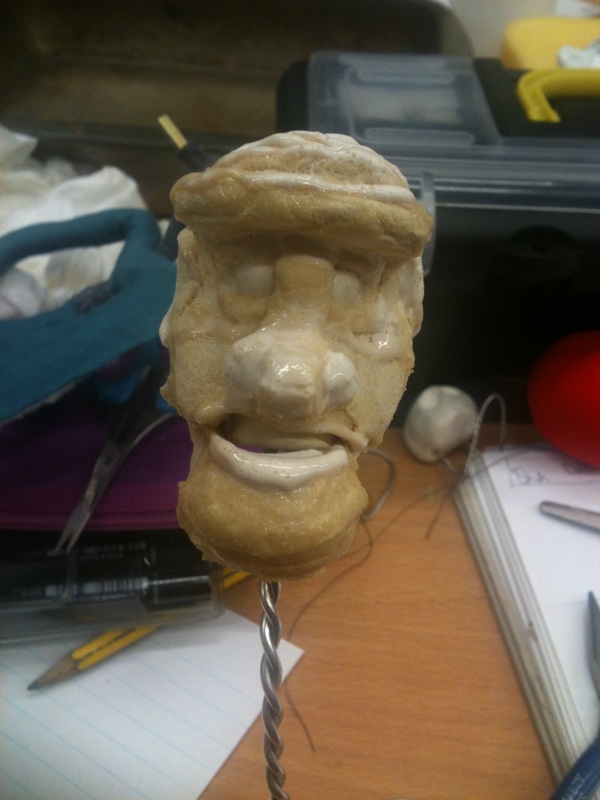
 RSS Feed
RSS Feed